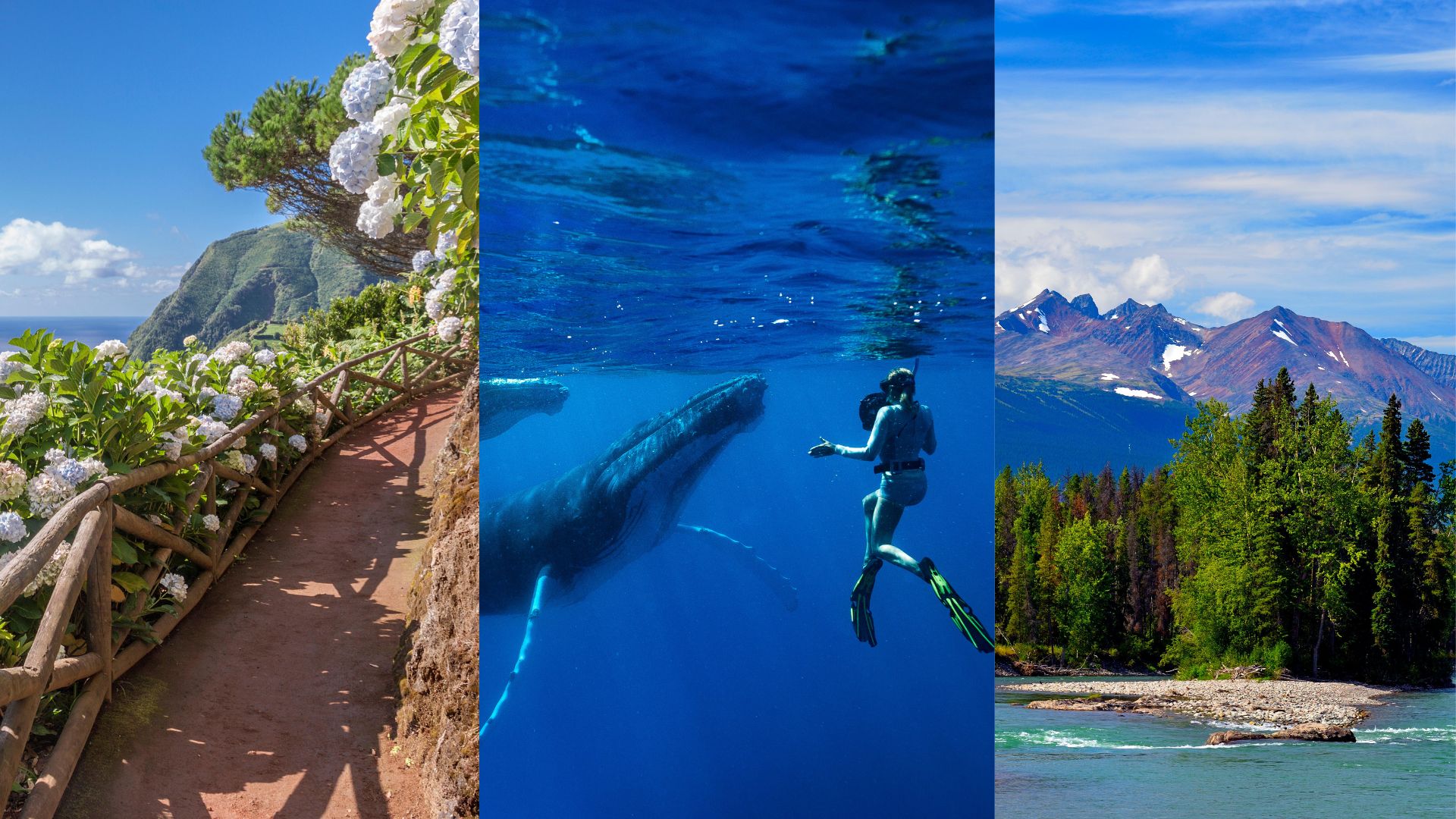
Getting the chance to go whale watching is on many people's bucket list. A moving and profound experience, there's nothing quite like seeing these majestic sea creatures in their native environment.
One of the biggest mammals on Earth, these amazing creatures can be up to 98 feet long and weigh up to 40 tonnes. They travel the globe year-round to hunt, mate and calve, meaning they often can be spotted in small groups (or pods) at different locations at any time.
While they may opt for cooler waters in places like Canada and Norway for nutrient-rich food in the winter, spring and summer are spent raising their young and putting on elaborate mating displays in warmer climates like Argentina and the Dominican Republic. Their Big Friendly Giant-like nature has earned them the adoration of people across the globe, who travel far and wide just to catch a glimpse of them against some of these awe-inspiring landscapes.
If this sounds like your idea of a dream holiday, we have rounded up 32 of the best places in the world for whale watching. Just remember to bring your camera!
32 of the best spots for whale watching
Puerto Vallarta, Mexico
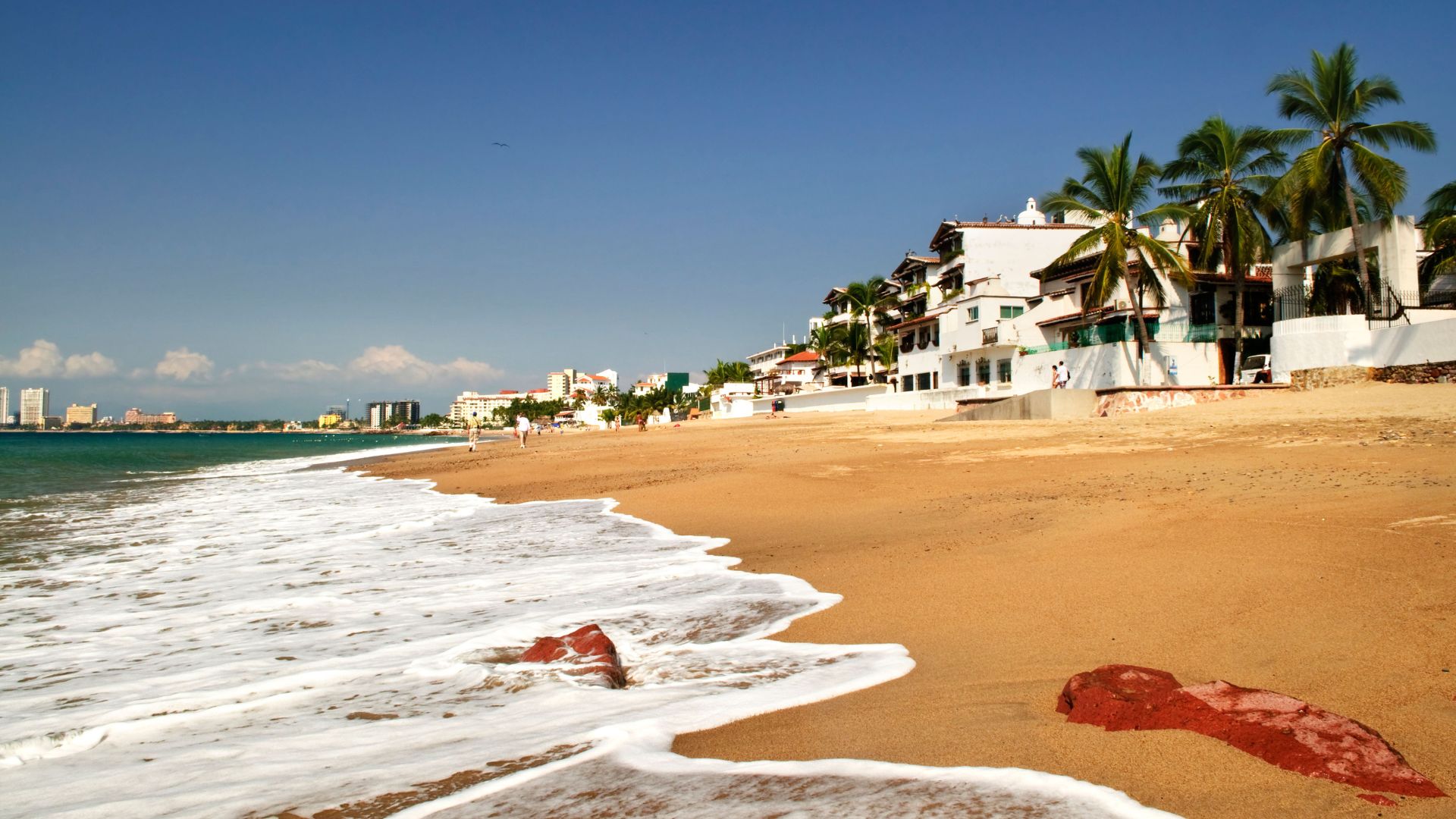
This resort city on Mexico's Pacific coast offers sightings of humpback whales during their mating and calving season, often performing spectacular breaches in and around Banderas Bay. Whale watching season in Puerto Vallarta begins in December and runs until late March, but the peak time to see them is between January and February. You may even be able to catch the soft call of whale song with the help of special devices, a truly spine-tinglingly beautiful sound that when heard in the wild is no doubt a pretty moving experience!
Hudson Bay, Canada
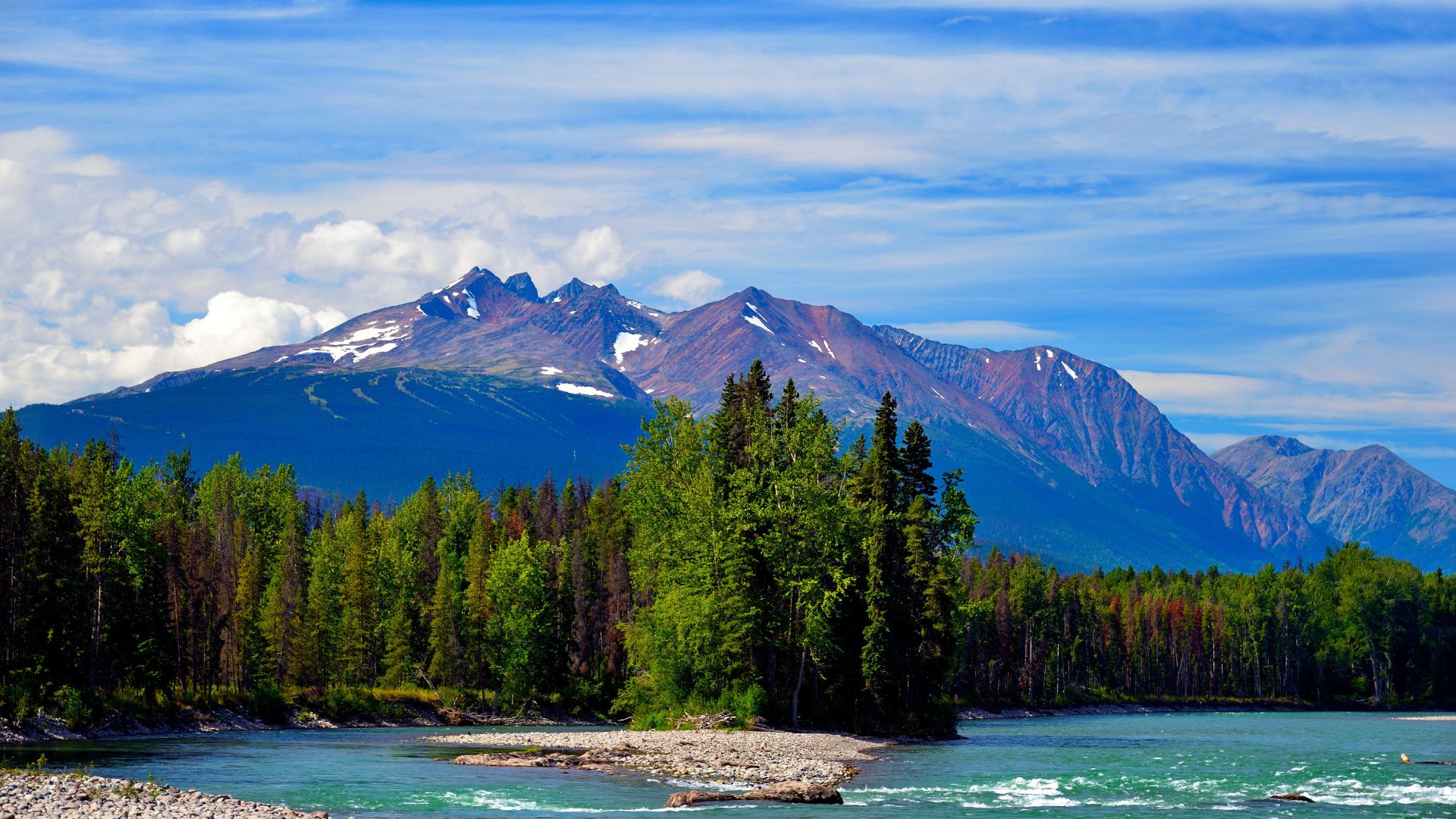
June sees the beginning of summer in Manitoba, Canada, but is also importantly the start of the Beluga whale gathering season that occurs every year in Hudson Bay. During this time, up to 60,000 of these interesting creatures gather along Manitoba’s rugged and beautiful coast. Belugas are highly social animals that have no issue with coming close to boats to say hello and inspect their human neighbours, making incredible clicking and chirping noises to communicate with one another.
Mirissa, Sri Lanka
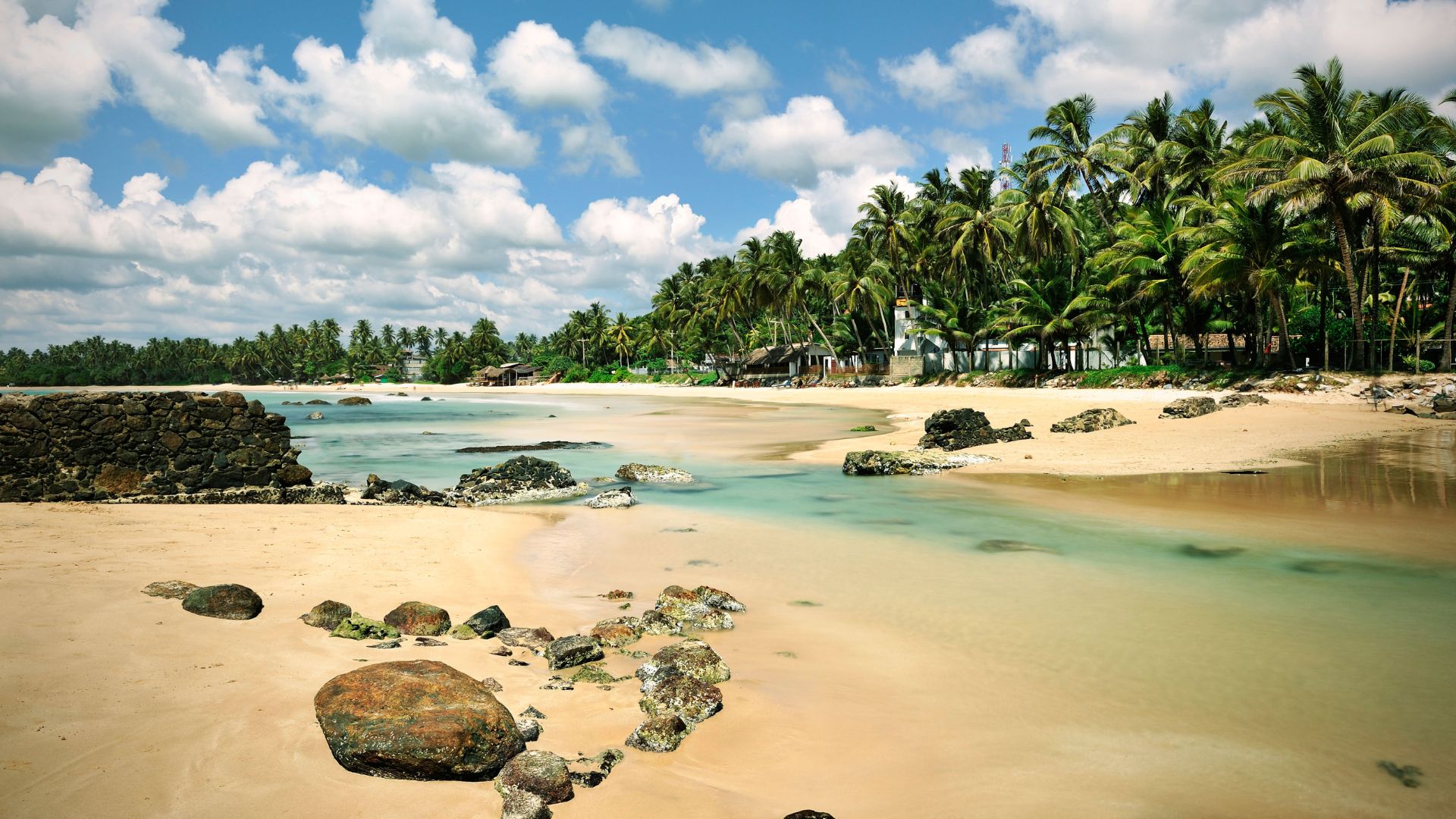
Sri Lanka’s warm waters are a popular spot for whales, especially in the coastal area of Mirissa from November through to April. In order to catch a glimpse of whales, expect an early start to head out onto the water from Mirissa Harbour among the many other boats that leave in the early morning light. Expect to see the illusive Blue Whale (the largest creatures on Earth!) alongside a whole host of other whale breeds including fin whales, sei whales, orcas and even other animals including turtles, manta rays and sharks!
Tonga
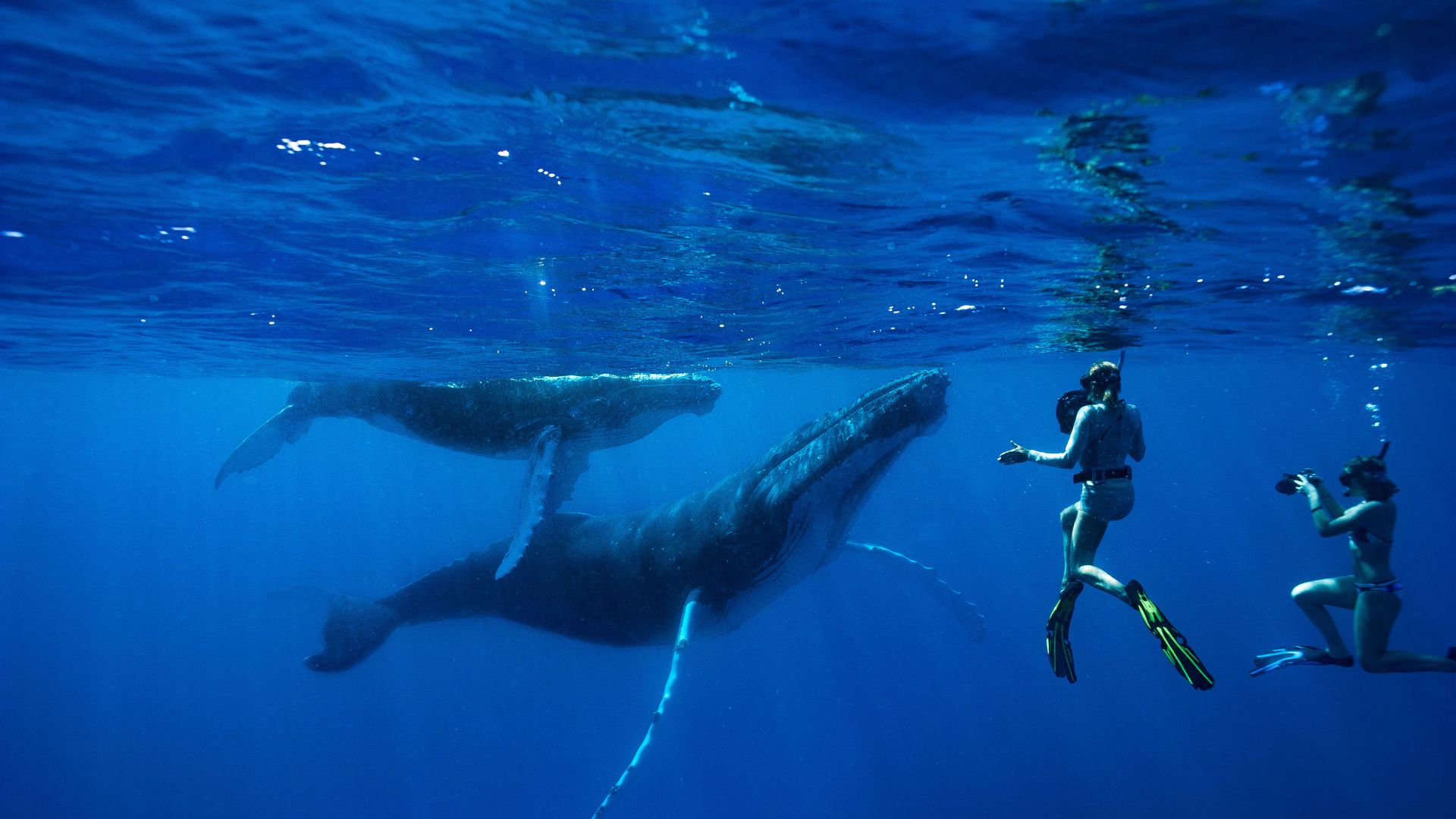
Tonga is a special place for whale watching as it is the mating ground for a specific population of humpback whales, meaning they are around for extended periods each year. Every July to October, these whales migrate from the Antarctic to the warm South Pacific Ocean and what’s more, visitors even have the opportunity to swim with these glorious animals. The history of whales in Tonga cannot be understated, and many traditional folklore tales describe whales taking the role of gods and rulers.
Eden, Australia
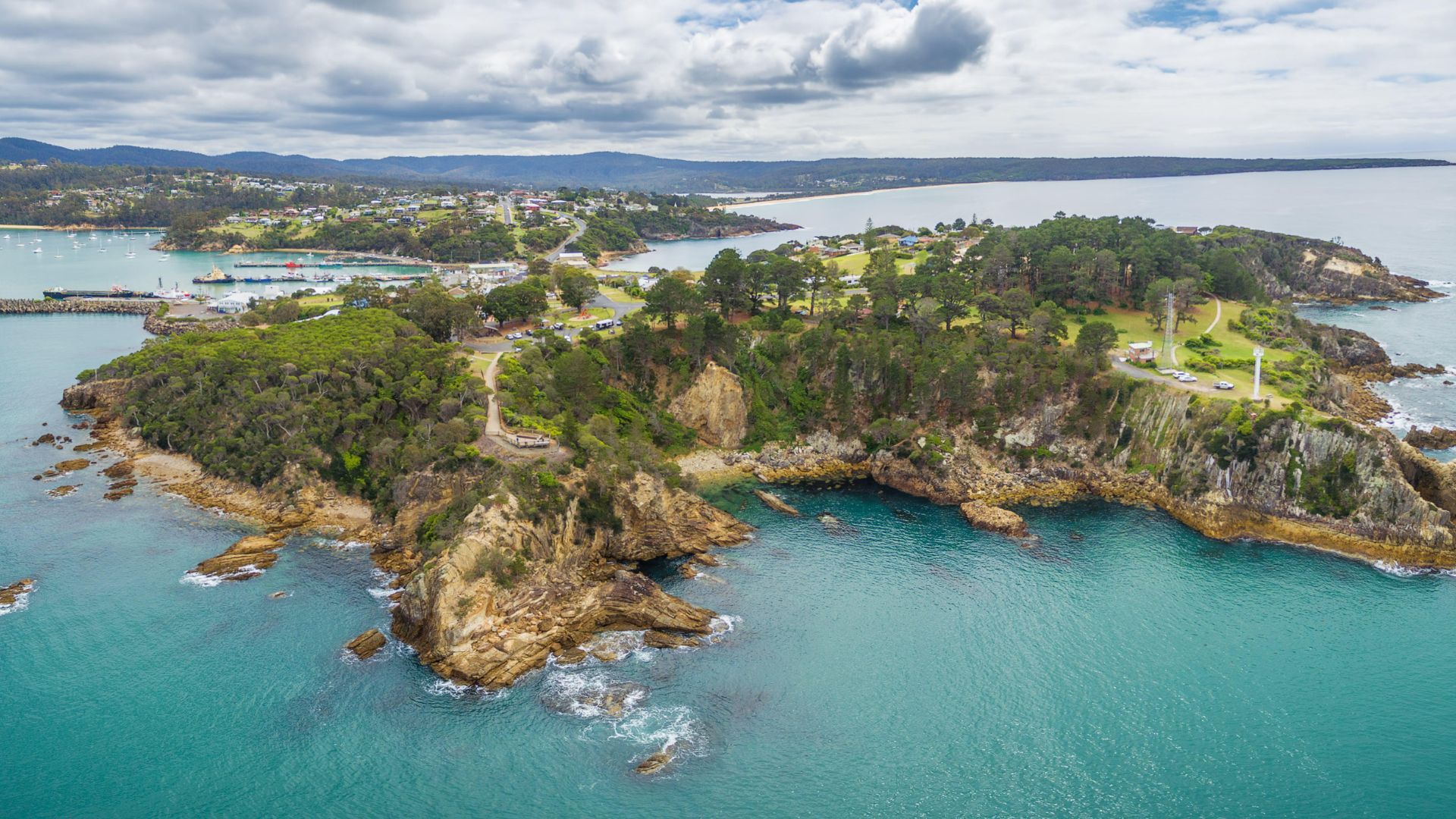
Eden’s deep coastal waters attract humpback whales during their migration, with Twofold Bay being the third-deepest natural harbour in the Southern Hemisphere. The town’s whaling history adds to the experience and visitors can learn about the past of hunting whales for oil and why this is no longer widely accepted not just in Australia, but across the rest of the globe. Every spring, the Eden Whale festival offers townspeople and visitors alike a chance to come together to celebrate whales and their amazing history in this part of New South Wales.
Plettenberg Bay, South Africa
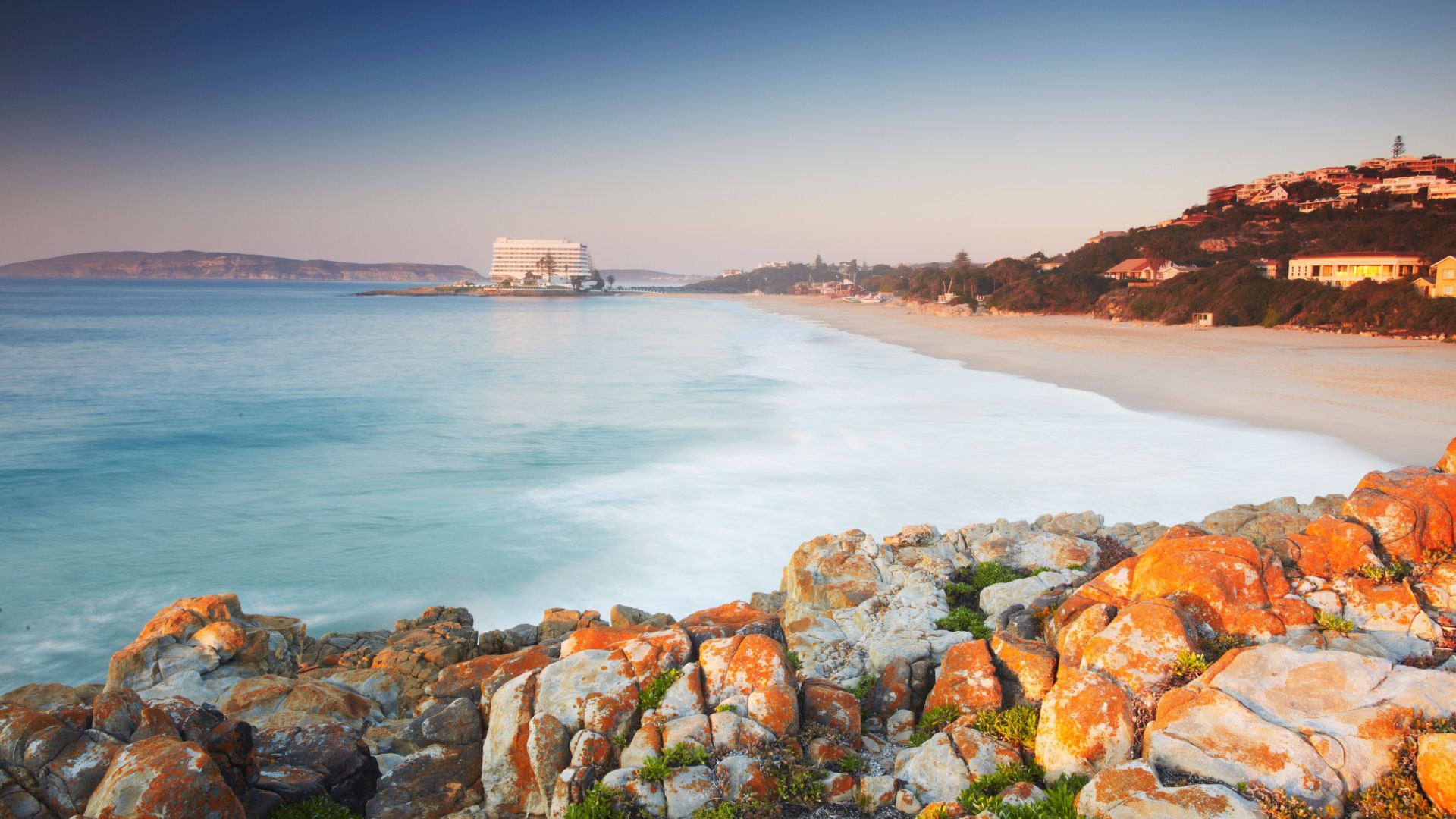
Known for Southern Right and Humpback whales, Plettenberg Bay in South Africa offers dramatic coastal scenery and excellent land-based viewing opportunities. These whales are escaping the cooler waters of the Antarctic to enjoy the warmth of South Africa’s waters and it is here they mate and calve. Different whales can be spotted at different times, with Humpback whales present in early November, while southern right whales are seen from June to November.
Valdes Peninsula, Argentina
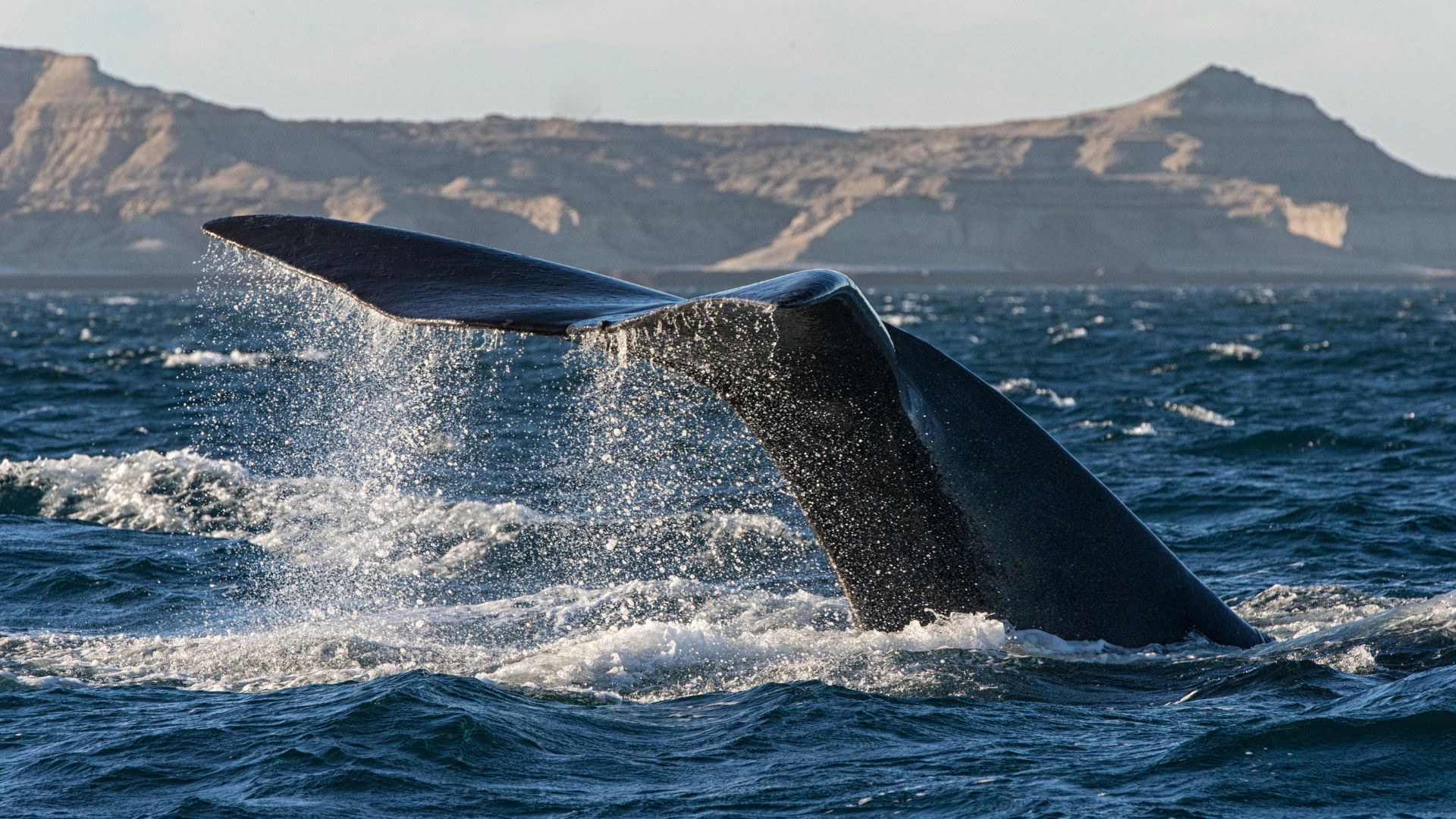
A UNESCO World Heritage Site, this Argentinian peninsula is a crucial breeding ground for Southern Right Whales. The best time to see these whales is from the beginning of June right through until December. Known for their dramatic courtship displays, southern right whales can grow up to 20 metres in length and weigh upwards of 50 tonnes. These whales are often characterised by the large calluses on their heads, backs and dorsal fins, making them easier to spot when carefully watching the ocean.
Húsavik, Iceland
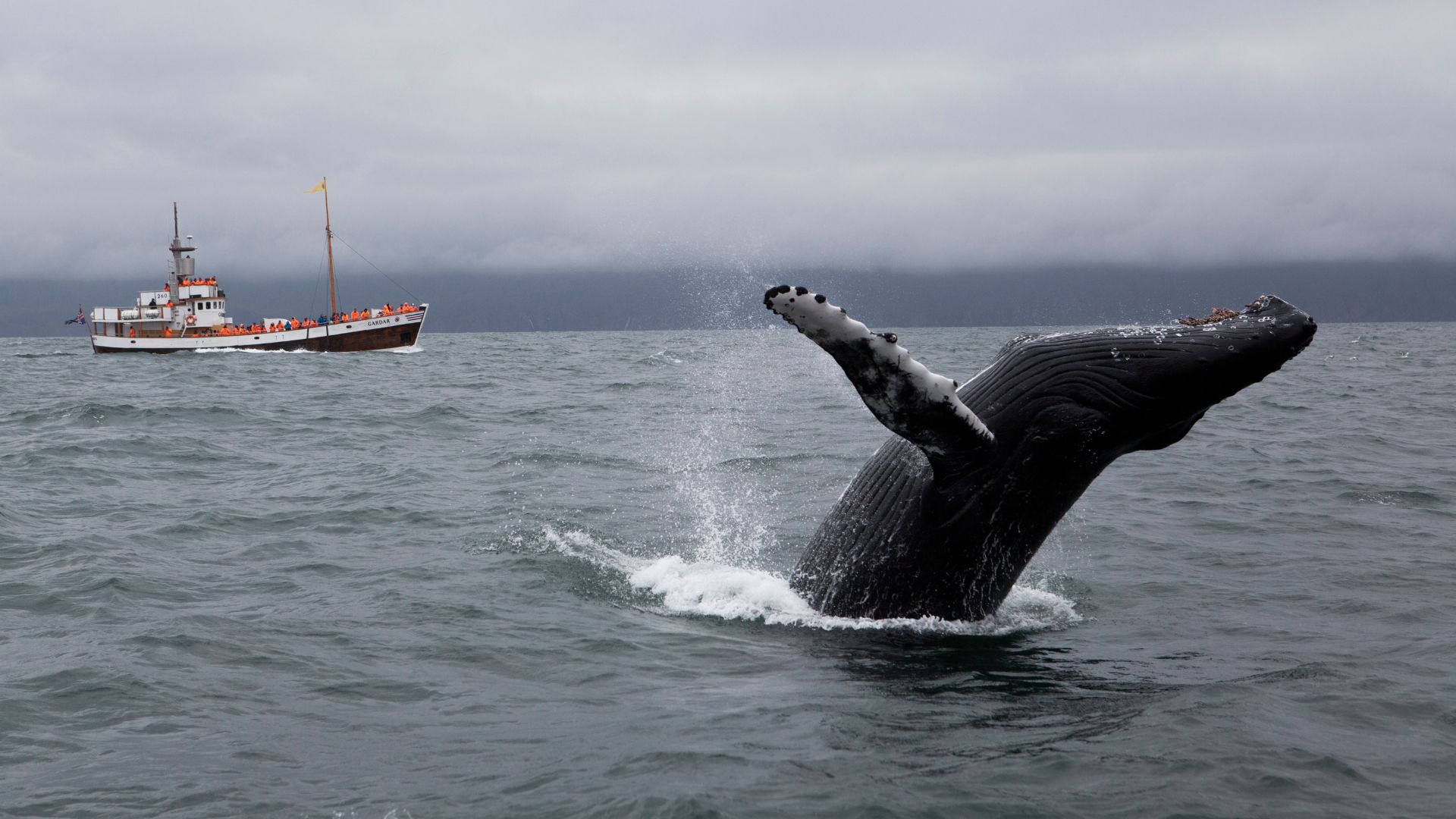
Known as the whale-watching capital of Europe, Húsavik offers sightings of various species, including minke whales, humpbacks, and blue whales in the beautiful Skjálfandi Bay on the north coast of Iceland. The most eco-friendly way to see these majestic creatures is via a tour on an electric boat across the bay, and promises not only the opportunity to see whales, but ruggedly beautiful snowy scenes and plenty of other wildlife to spot including Puffins. There are 23 species of whale that have been spotted in Icelandic waters, so there's a good chance you will see more than you bargained for!
Cape Cod, United States
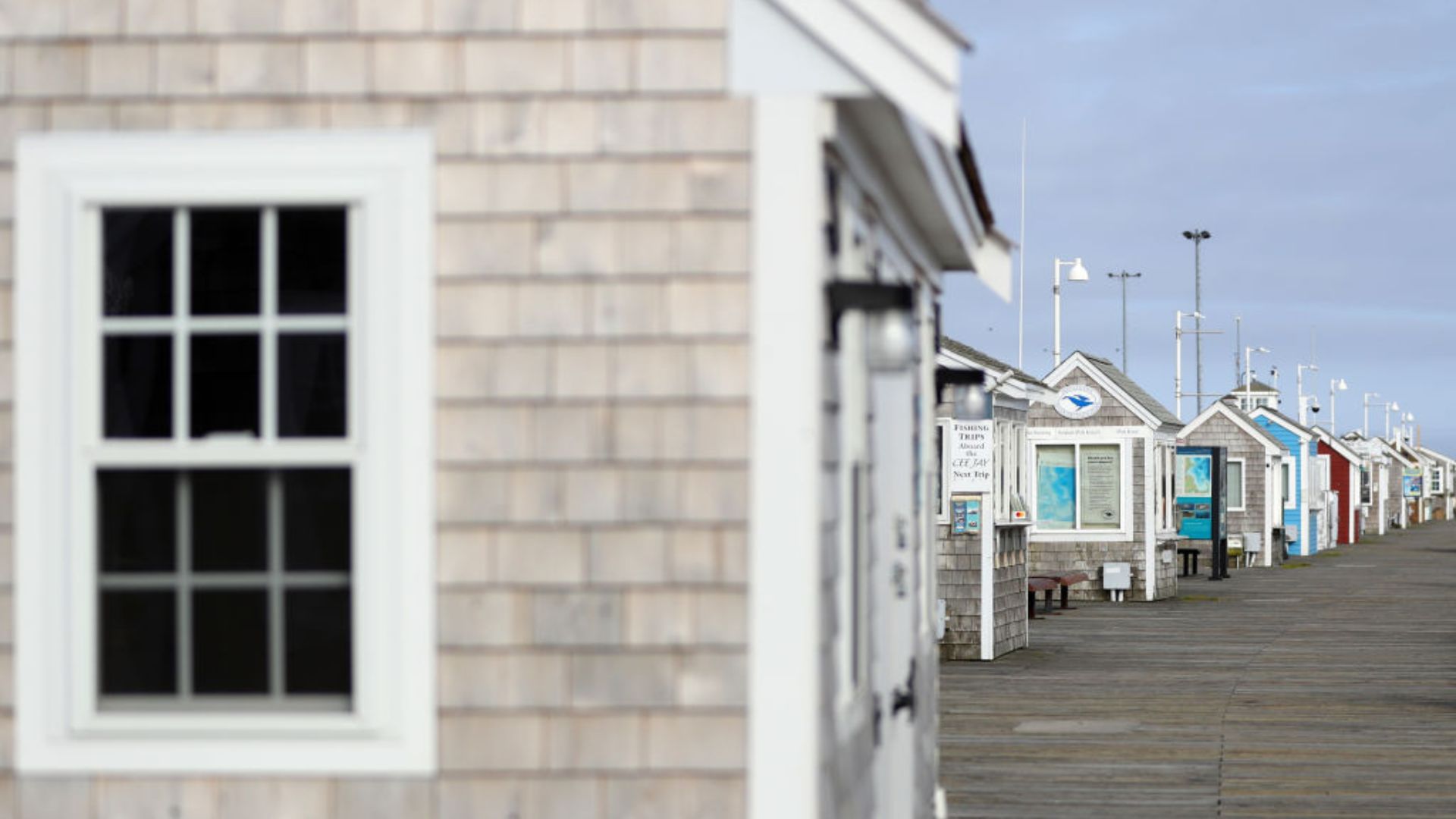
Cape Cod is a peninsula along the northeast of the United States, boasting gorgeous landscapes and plenty of opportunities for whale watching. Its waters are a feeding ground for humpback, fin, and minke whales because of The Stellwagen Bank National Marine Sanctuary which attracts a big portion of the world’s whale population every year. It has been a prime area for spotting these giants since the latter half of the 20th century, meaning the locals have got whale watching down to a fine art.
St. Lucia
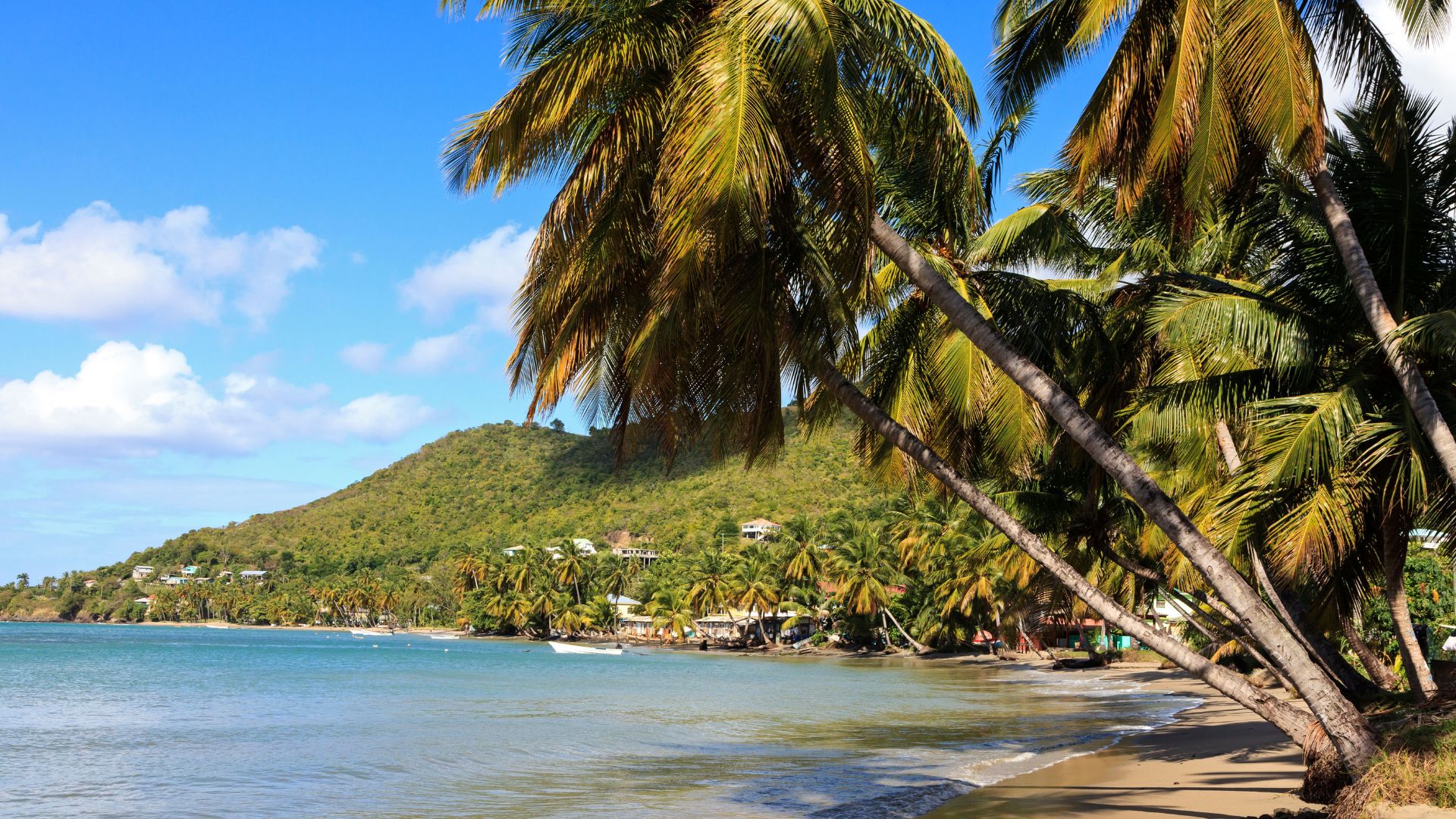
Between October and February, the warm Caribbean waters around St. Lucia is home to sperm whales, pilot whales, humpback whales as well as other mammals such as dolphins. The best way to cross these animals off of your wildlife bucket list is by doing a boat tour around the coast, and while whales have their period for flocking to St. Lucia, dolphins are spotted year-round in St. Lucia and offer just as memorable a sight as spotting whales.
Sydney, Australia
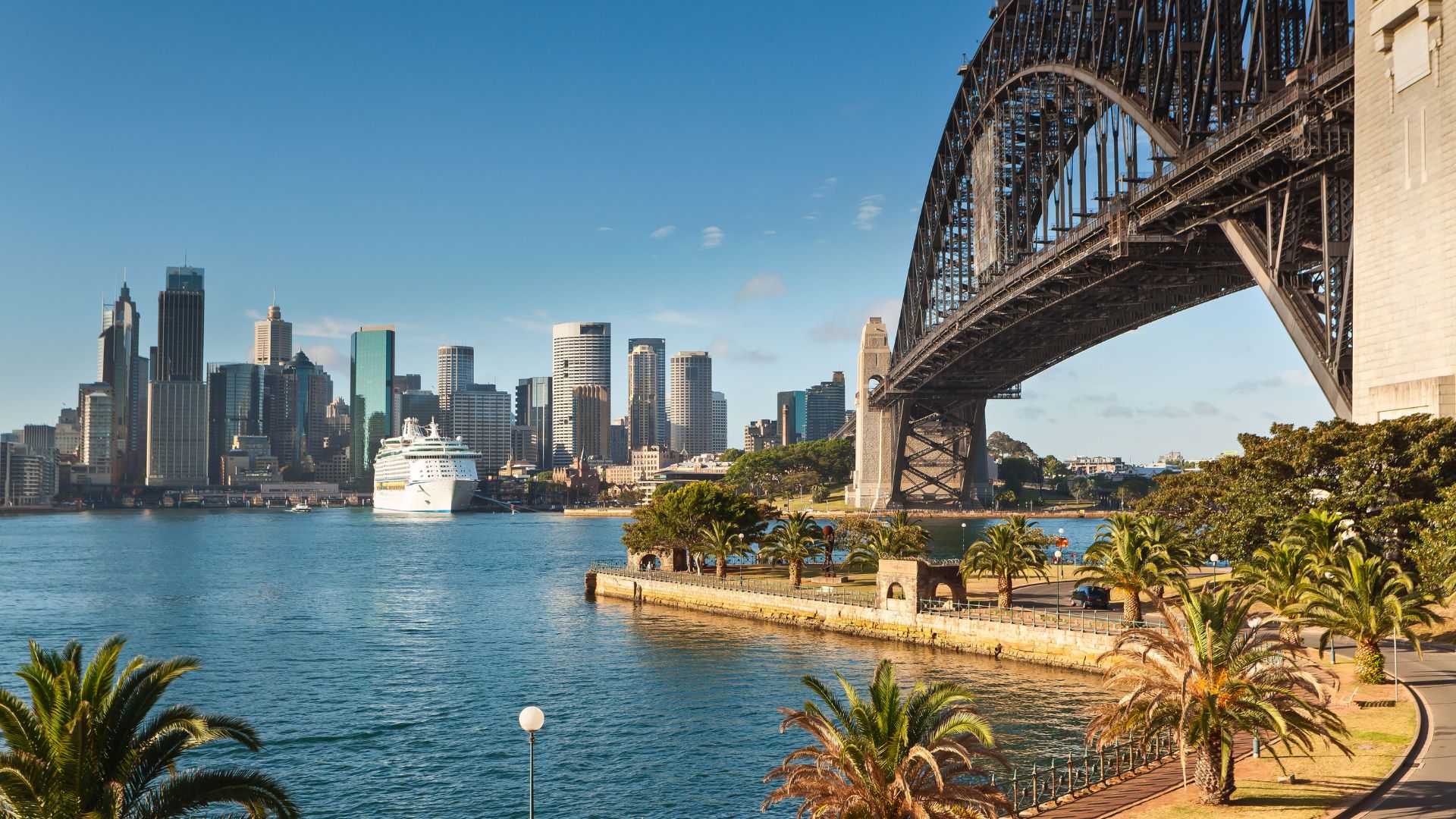
Sydney’s coastline is a prime spot for watching humpback whales migrate from the cold of the Antarctic to the warmth of the Pacific. Annually, more than 40,000 humpback and southern right whales make this journey, offering tourists and locals alike plenty of opportunities to see these incredible animals. Cruises and small boat tours provide close encounters with these acrobatic giants, who have even been spotted popping up and surprising onlookers in Sydney Harbour. Just don’t forget your binoculars and sun cream!
Falkland Islands
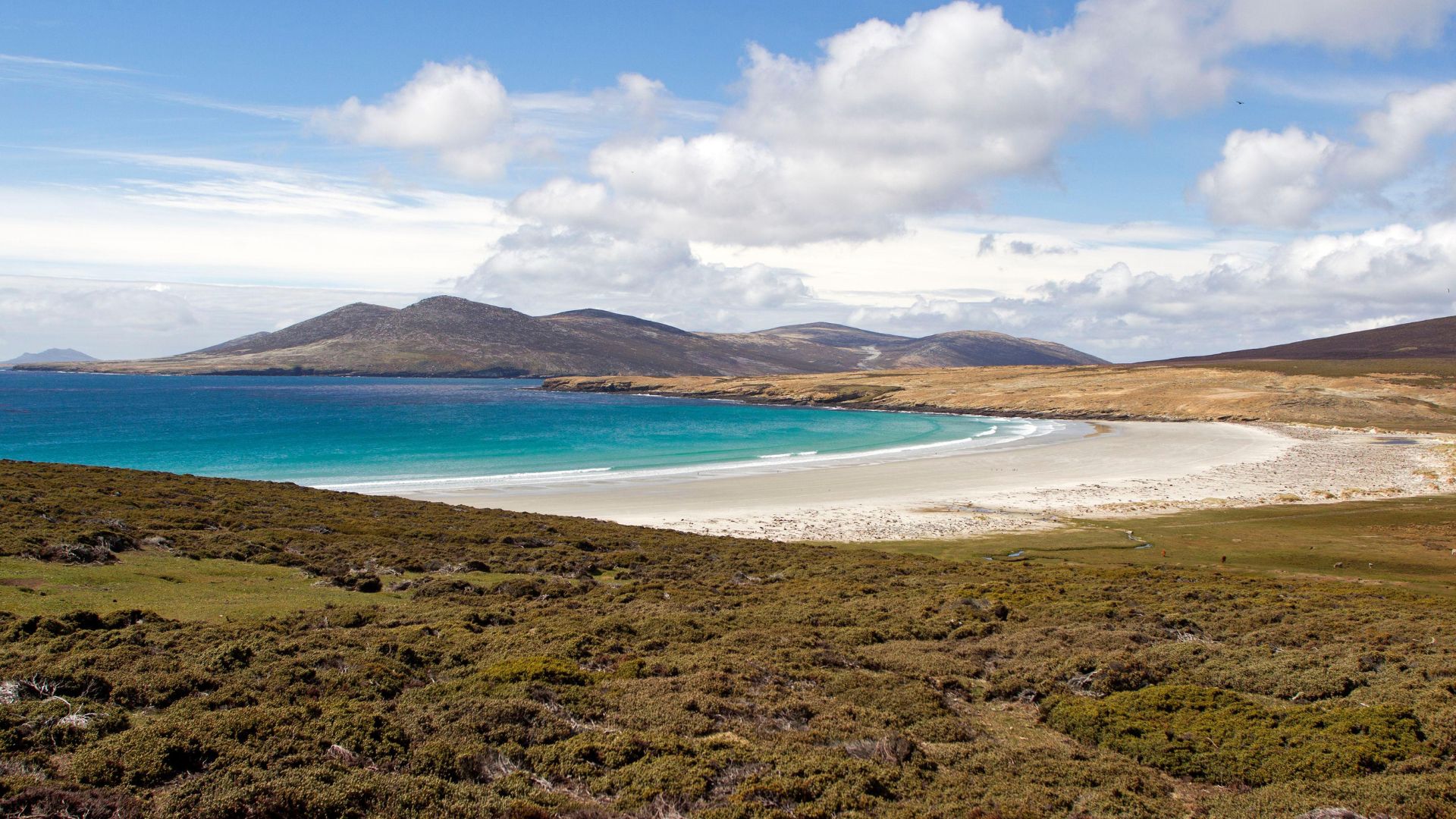
The remote and wild Falkland Islands offer sightings of orcas, sei whales, and dolphins in a rugged and unspoiled environment. Sei whales are most commonly seen during November and June feasting on lobster krill and many other types of crustaceans, while other breeds of whales such as the southern right whale and humpback whales frequent the waters around Falkland Islands at other points of the year.
Tromsø, Norway
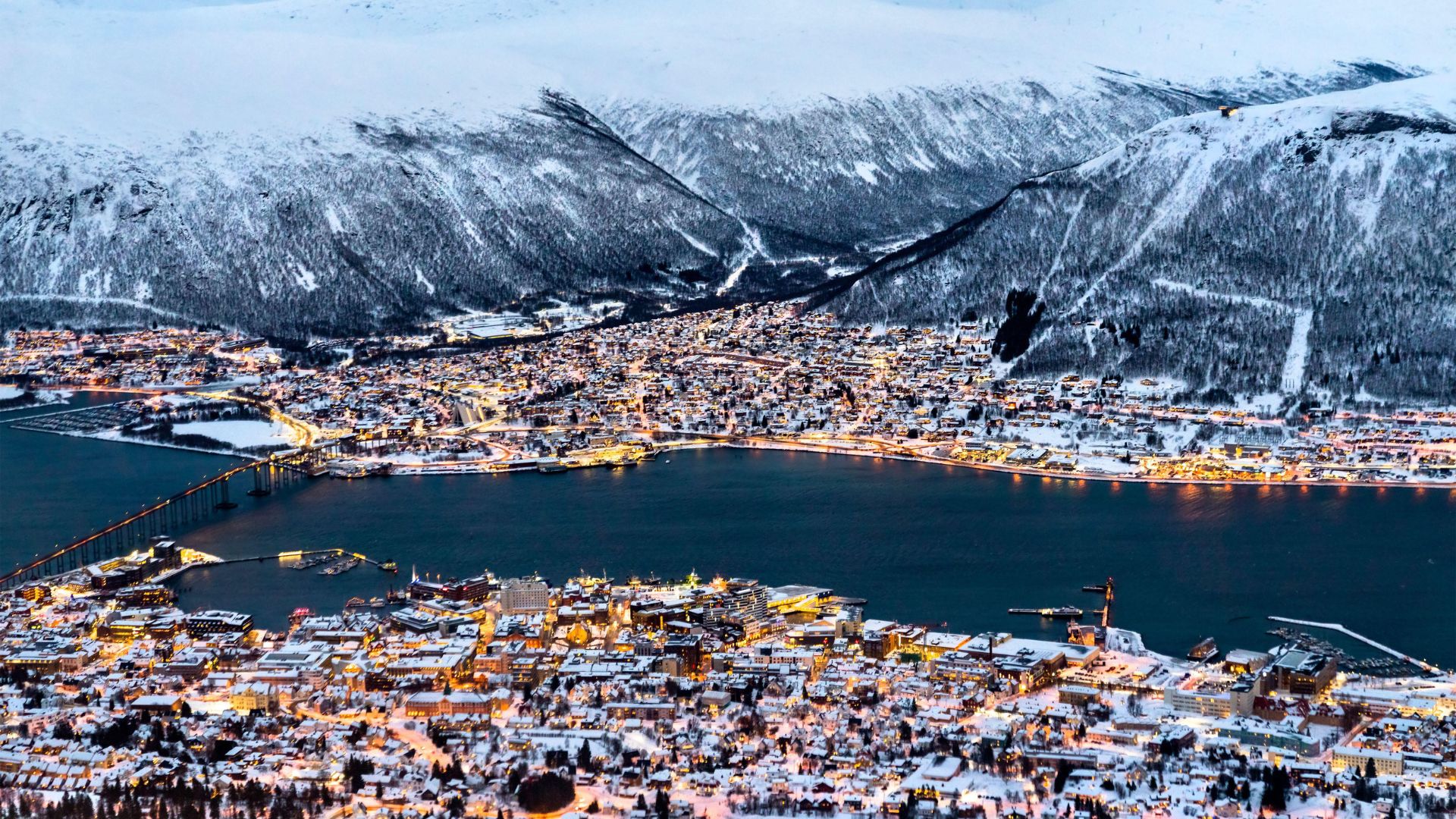
Tromsø is the largest city in the northern part of Norway, and is a holiday destination for those seeking beautiful snowy landscapes, a plethora of wildlife spotting opportunities and, of course, the Northern Lights. Here, you can have the opportunity of seeing Orcas, humpback whales and minke whales between November and January. While you may be super lucky and catch a glimpse of them from the shore, it is best advised to head out on a boat excursion to see these beauties up close and personal.
San Diego, United States
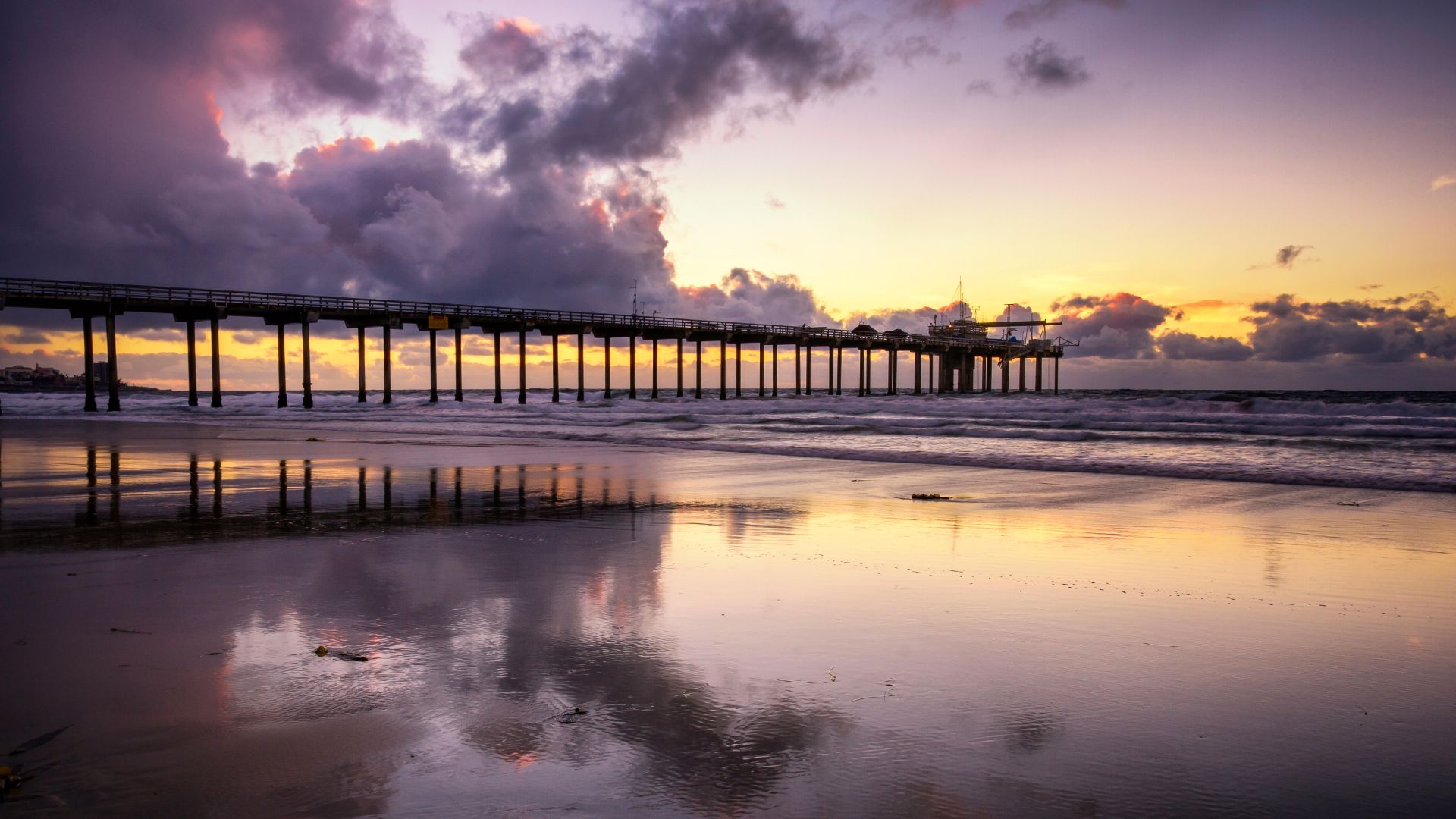
What better way to try and spot whales than on the sunny west coast of the US in San Diego, California? San Diego's coastal waters are a migration route for gray whales, making it a great place for Whale-watching all year round. Every year, more than 20,000 gray whales make the 10,000 mile round trip from Alaska to Baja California to give birth before journeying up north to San Diego. While these whales are often seen travelling alone, during peak season they are also seen travelling in small pods of two or three. Plenty of tours offer a chance to see these majestic creatures close to shore.
Vancouver Island, Canada
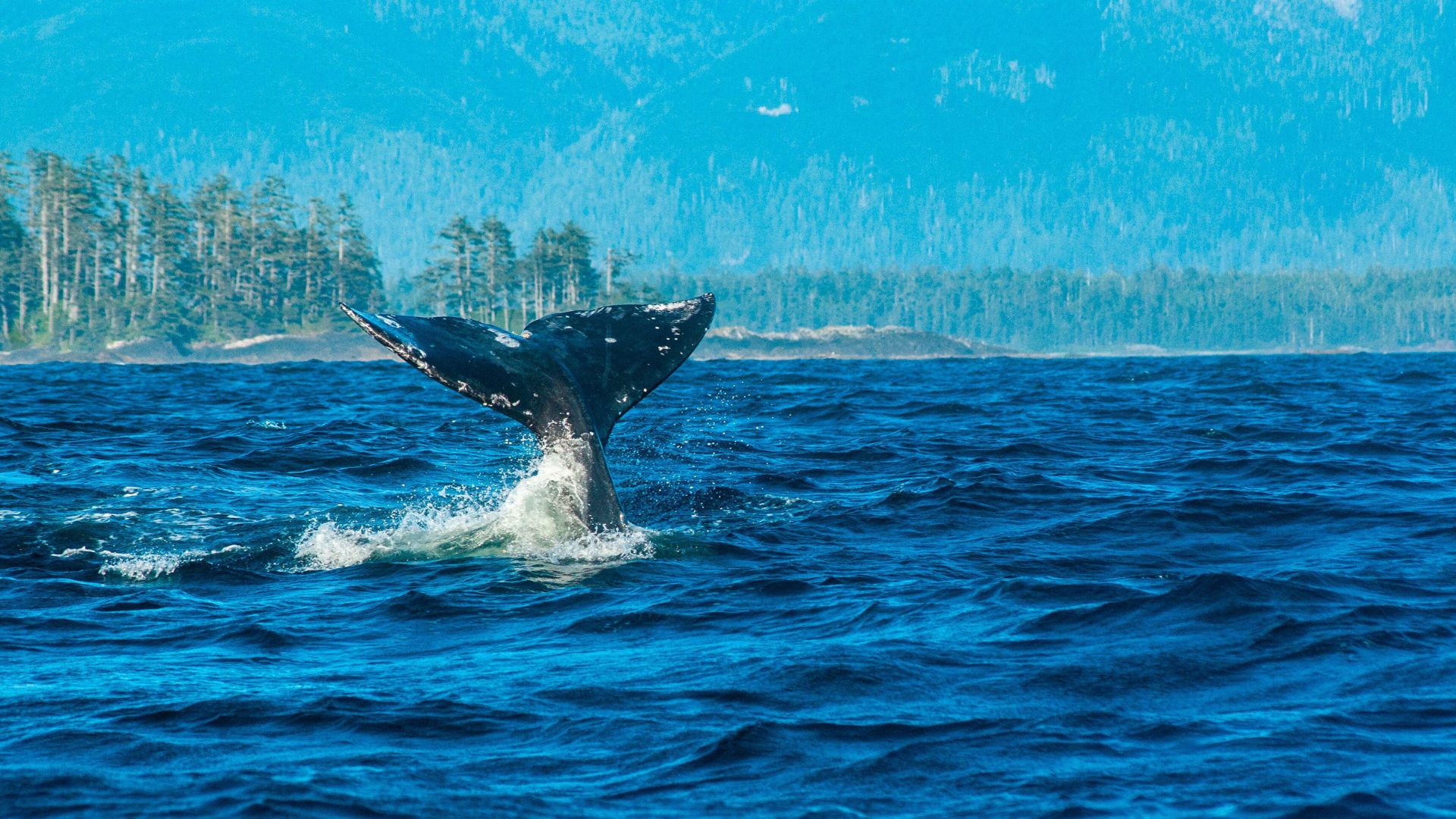
The island's coastal waters are home to orcas, humpbacks, and gray whales. All year round, whale watchers can catch a glimpse of these breeds of whales, but July and August is often the busiest month to head out on the water. Orcas, while seen all year round, are most active from April to November, hunting and playing off of the coast and no doubt putting on a spectacular display for visitors. The region's diverse marine life and scenic landscapes make it a top destination for whale watching and also a chance to explore the beautiful coastlines that Canada has to offer.
Byron Bay, Australia
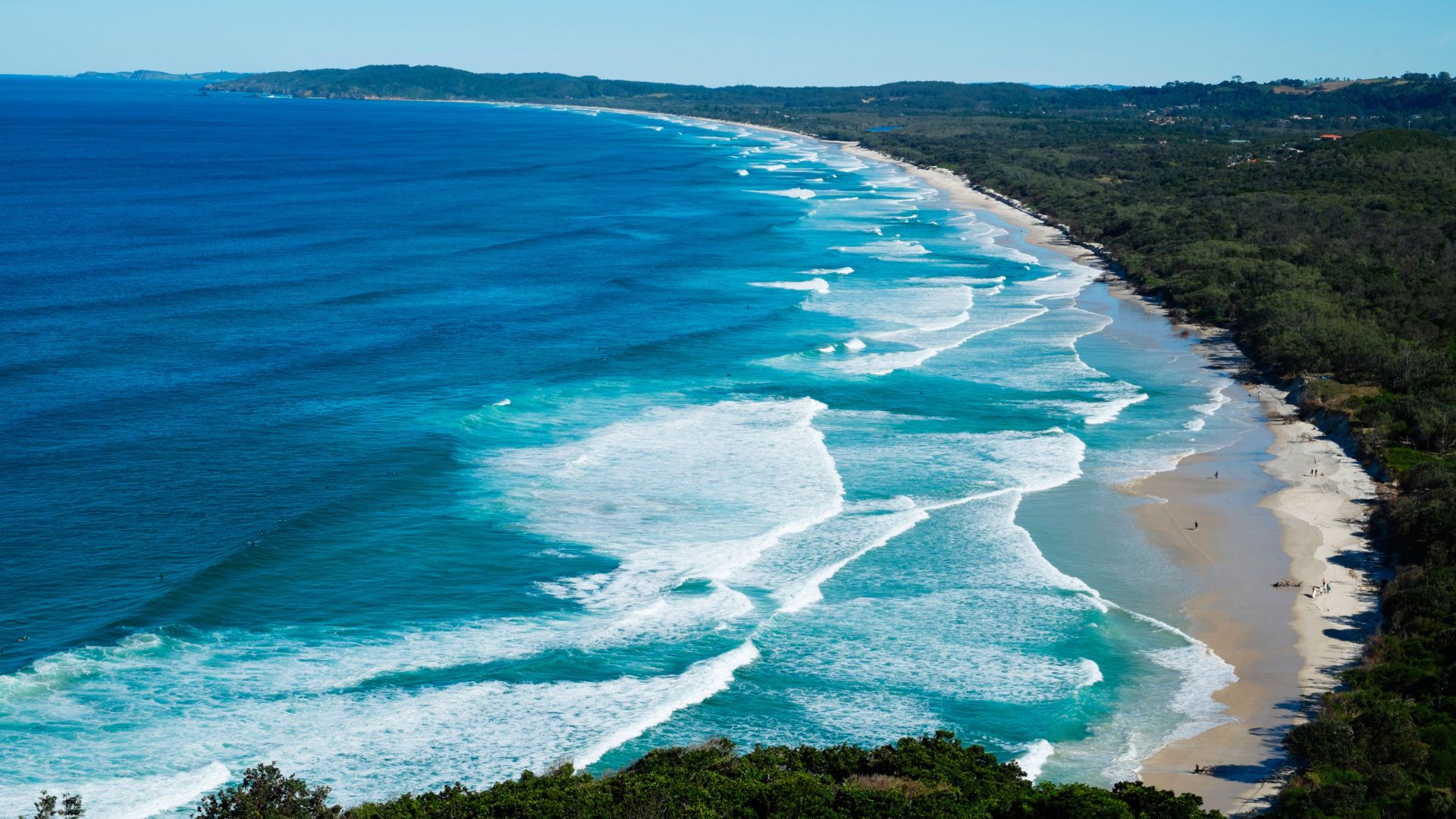
Located on Australia's most easterly coast, Byron Bay is a prime location for spotting humpback whales during their annual migration. From May through to November, people have a better chance of catching a glimpse of these gentle giants who love nothing more than staying in the warmer waters just off the coast of the Bay. You don’t have to leave the land to spot these whales either, with The Cape Byron Headland Reserve a top spot that thousands flock to every year to see not only animals but also the stunning sunrises that envelope the shore. A truly unforgettable experience!
Canary Islands, Spain
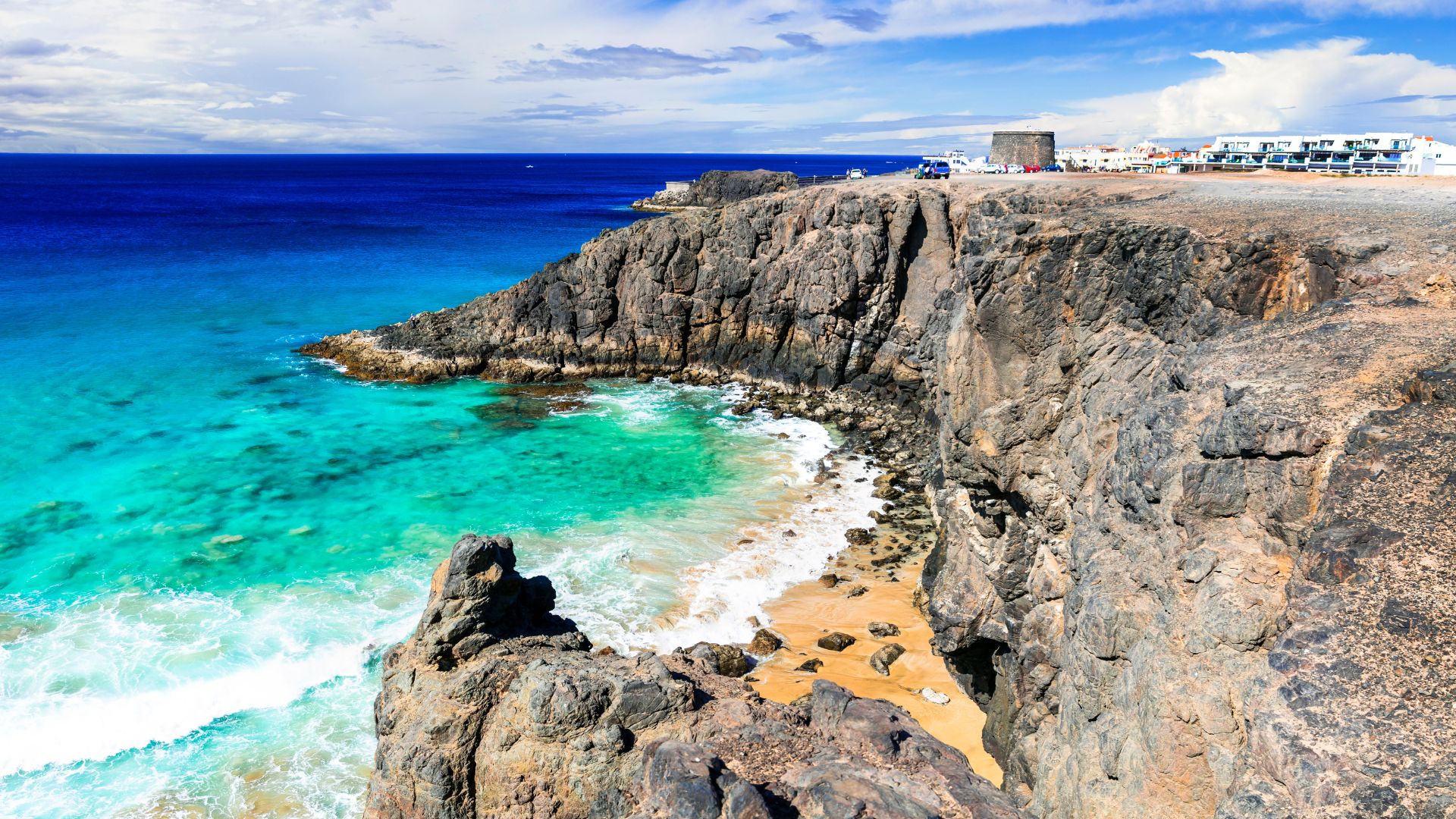
Who says you need to splurge and traverse the globe for a chance to see whales? The Spanish Canary Islands, off of the coast of north-western Africa, are an amazing place for whale watching, and are home to a variety of whale species including pilot whales and sperm whales that can be spotted throughout the year! Pilot whales and bottlenose dolphins make their home here but up to 17 species of cetaceans have been spotted here, including sei whales, minke whales and humpbacks.
Nuqui, Colombia
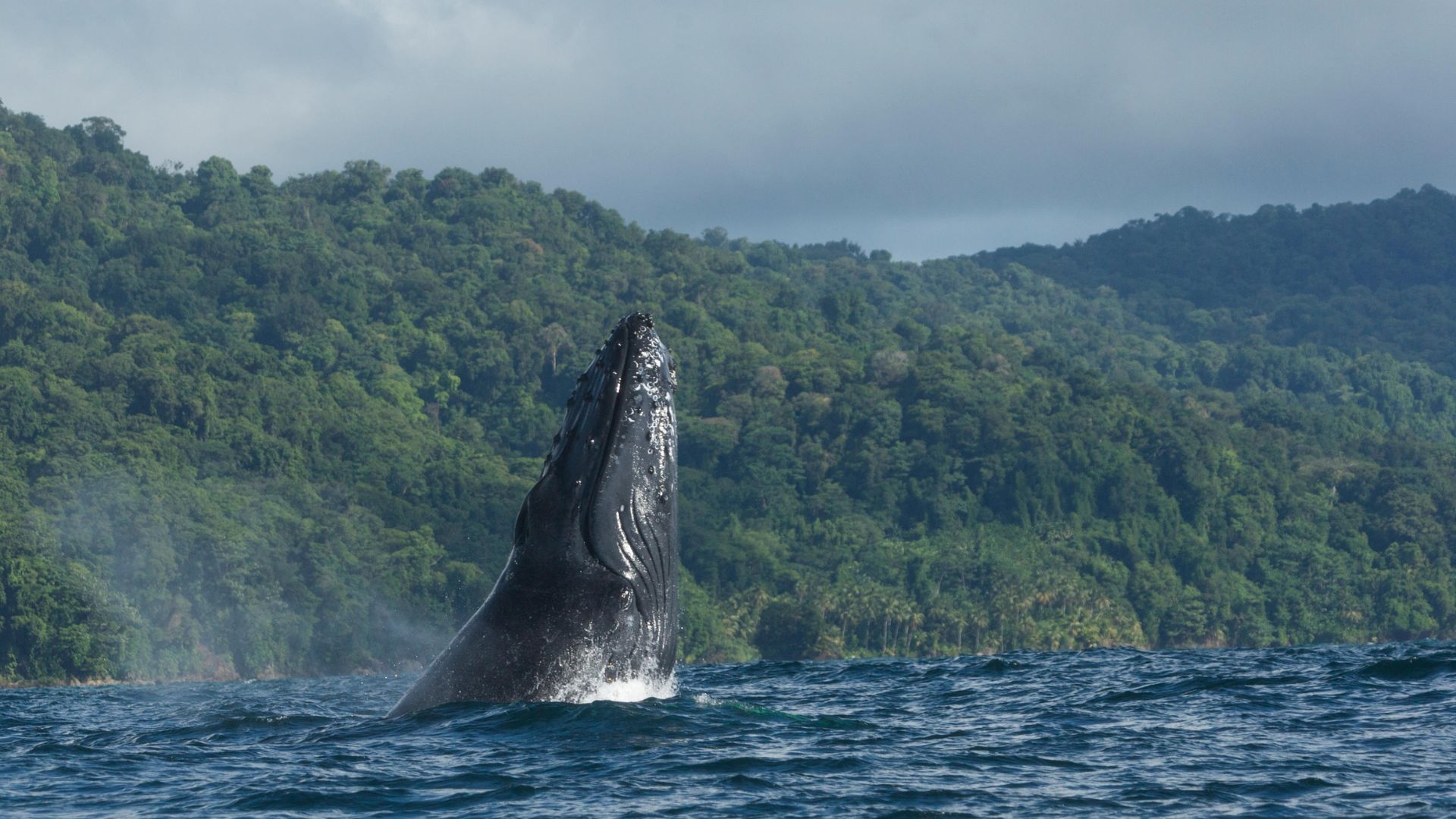
Colombia’s Pacific coast is a hotspot for catching Humpback whales as they migrate from Antarctic to southern Chile. Nuqui, as well as Bahía Solano and Bahía Málaga, are all excellent places to potentially catch a glimpse of these impressive animals and when coupled with the breath-taking scenery and clear waters, will give you memories to last a lifetime. While the ocean is the main focus here, you can also get acquainted with jungle life as the areas of Nuqui and Choco have plenty of inland jungles, perfect for spotting other types of wildlife too!
Hermanus, South Africa
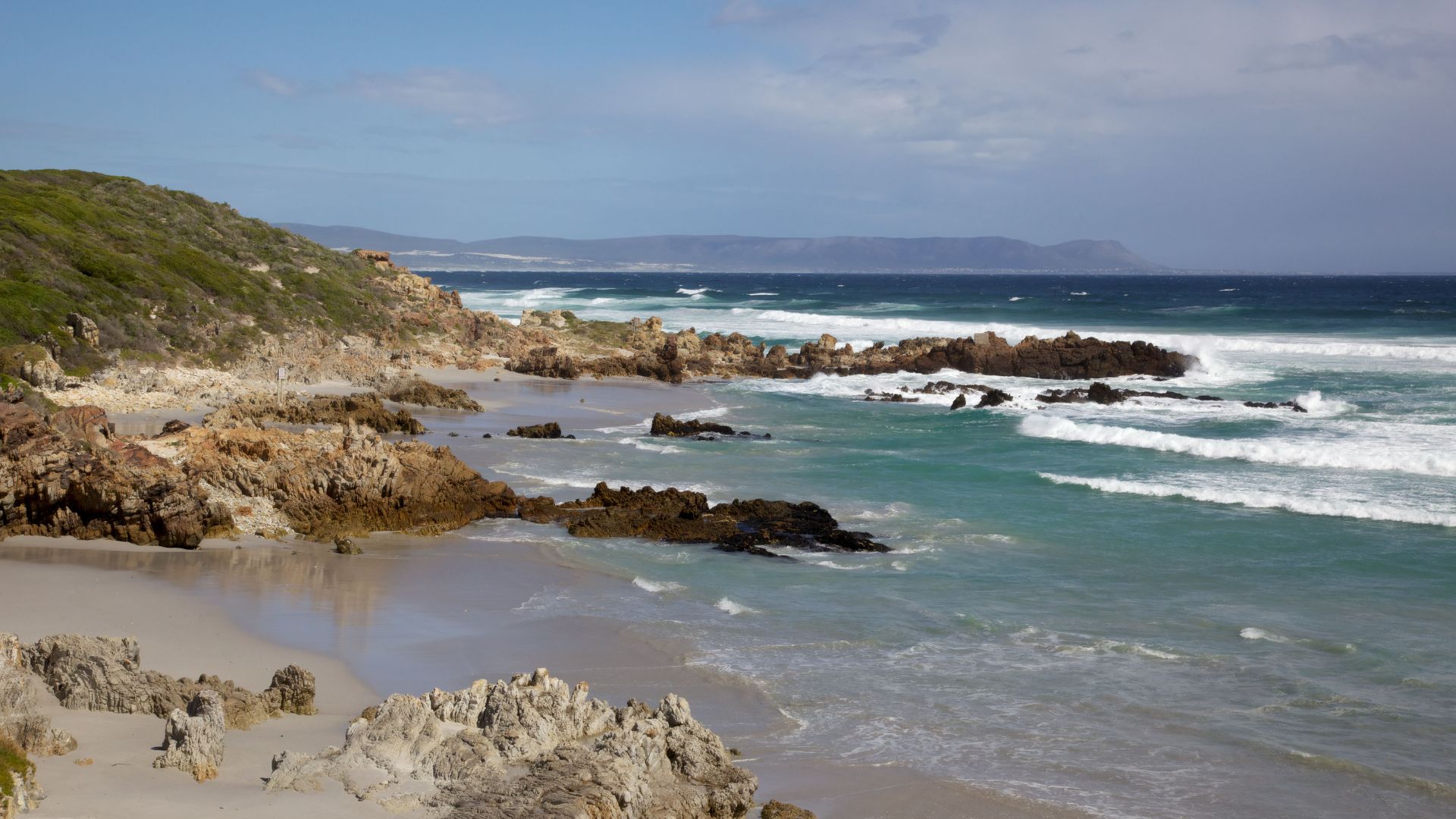
A 90 minute drive from Cape Town, Hermanus in South Africa is famous for land-based whale watching. Hermanus offers close-up views of southern right whales amongst several other whale species during their breeding season between June and December. Whales usually come to this part of South Africa for mating, and the World Wildlife Fund rates Hermanus as one of the best spots in the world for whale watching. The town even hosts an annual whale festival to show their love for these giant creatures!
Monterey Bay, United States
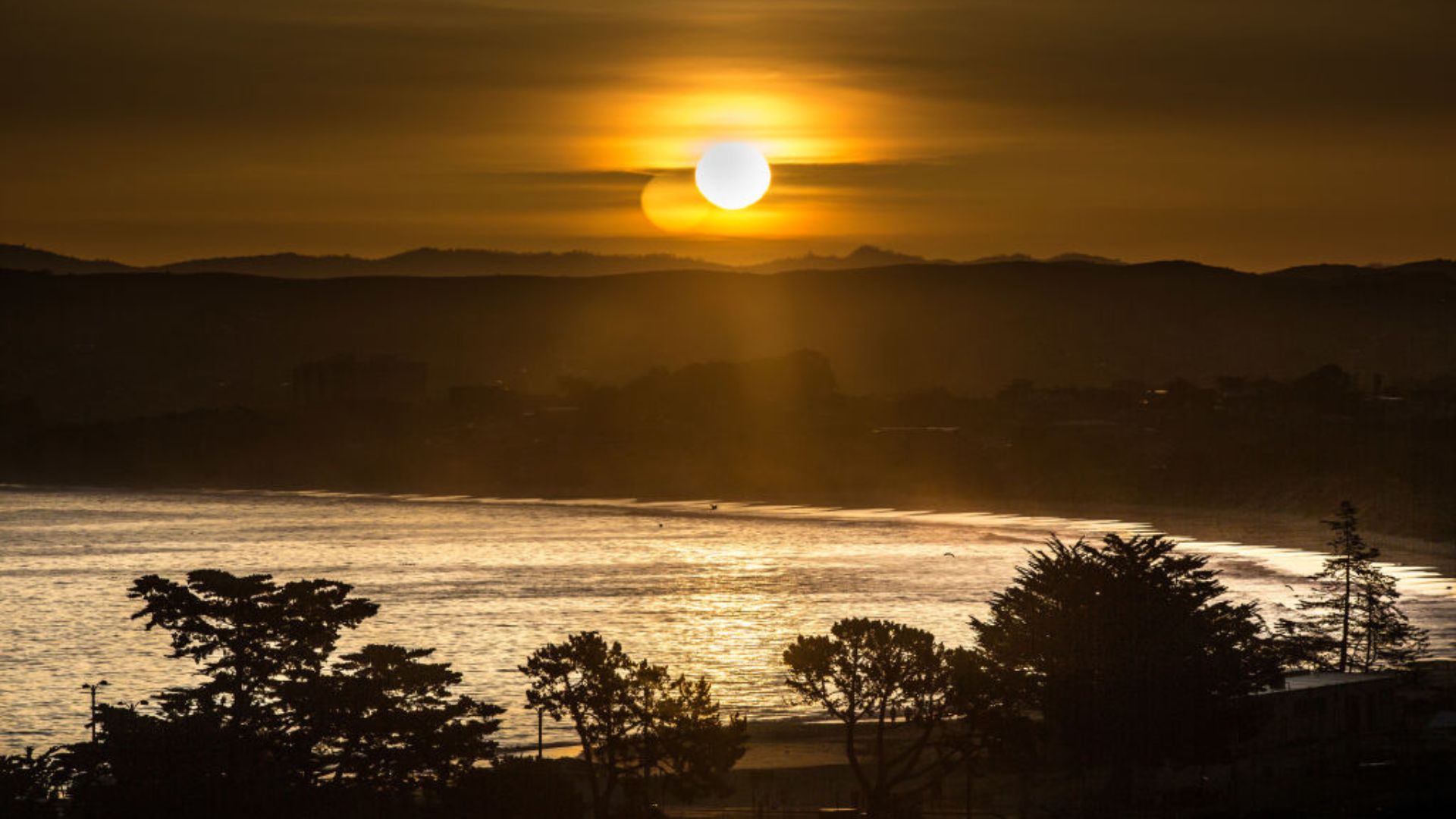
Known for its deep underwater canyon and with sightings of whales expected almost daily, Monterey Bay in California attracts a variety of whales, including humpbacks, gray whales, and orcas. Though there is year-round opportunity to see a range of beautiful marine animals, the peak times to catch a glimpse of these animals depends on which one you’d like to see. For example, the peak time to see gray whales being in January and May, while if you’re after blue whales, their peak is generally in July and August.
Kaikōura, New Zealand
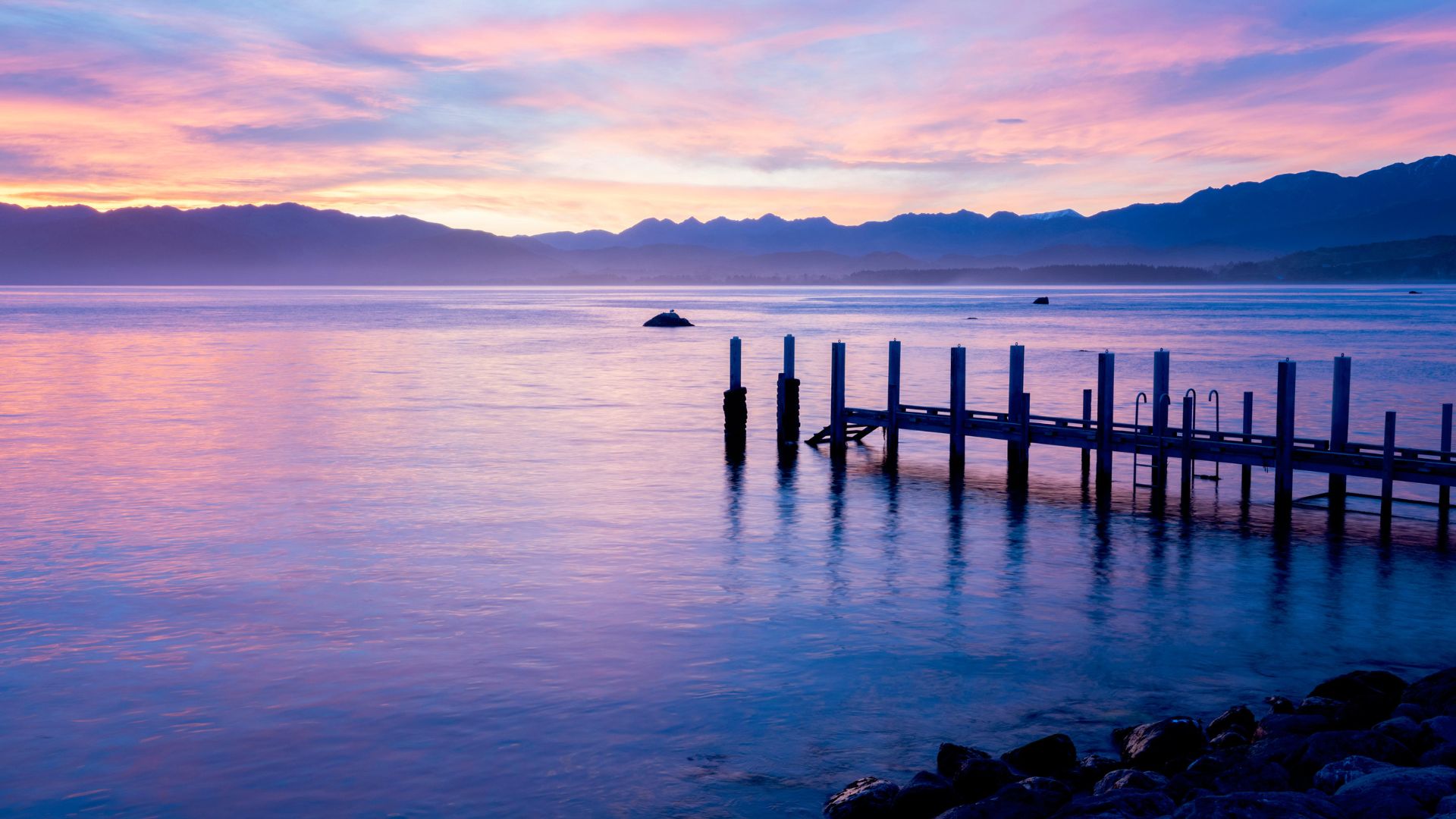
Kaikōura's nutrient-rich waters attract all sorts of marine wildlife, the most famous being the Giant Sperm Whale. Giant sperm whales have a strong link to New Zealand’s Māori ancestry, as it is said a young man named Paikea came to Kaikōura on the back of a whale. If you take a trip to see these massive mammals, you are likely to catch a glimpse of them year-round and fairly close to the shore. The 2km deep Kaikōura Canyon that runs along the coast makes it a haven for whales to have access to a rich food chain that sustains them. It is even possible to see humpback whales, orcas, and dusky dolphins!
Reykjavík, Iceland
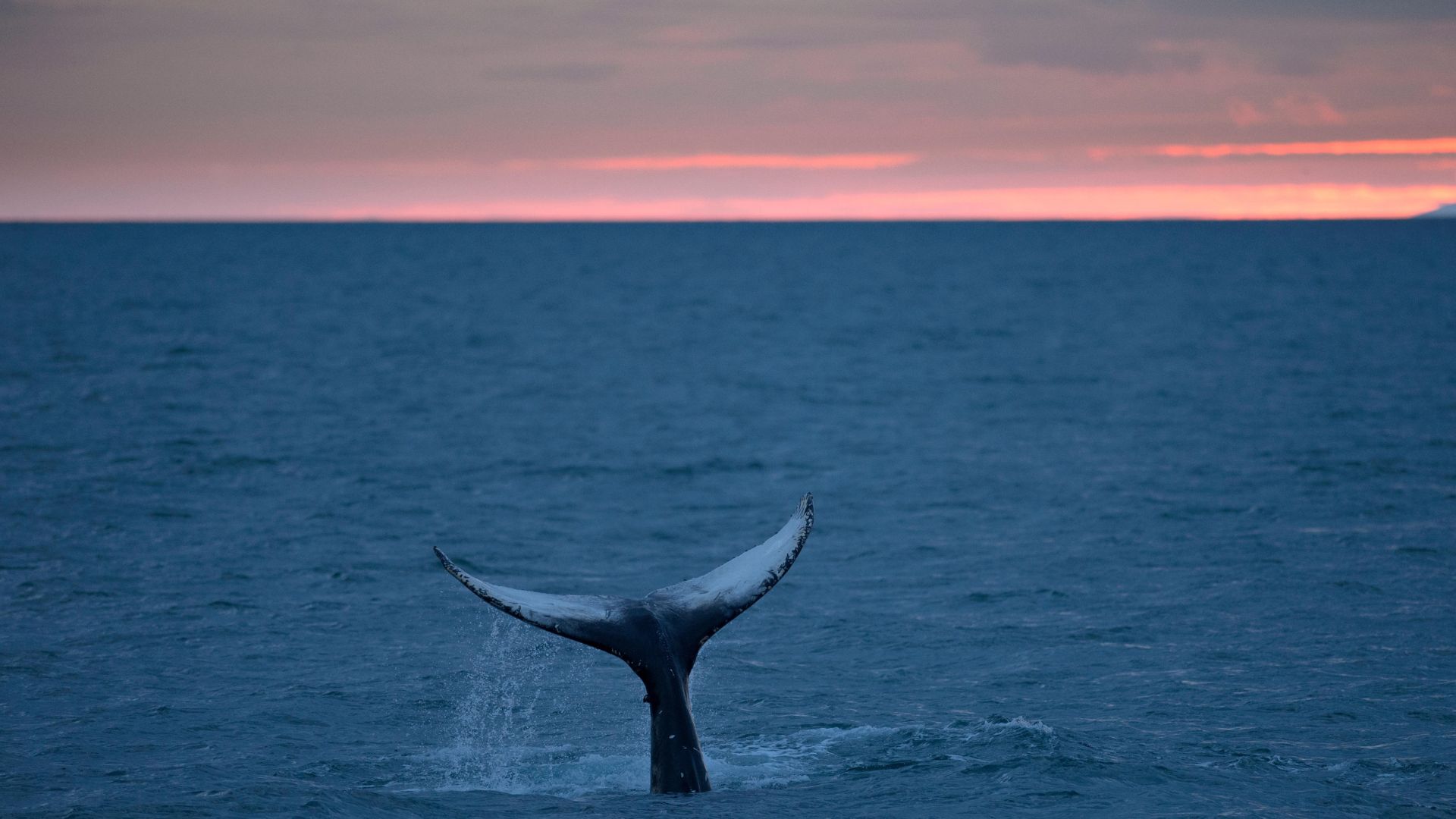
From the capital city of Reykjavík, you can embark on a plethora of tours to have a chance to catch a glimpse of minke whales, humpbacks, and even orcas against the backdrop of the charmingly rugged Icelandic coastline. Whales bear significance in Iceland’s history and, for example, the phrase for a ‘stroke of good luck’ is ‘Hvalreki’ which translates to ‘beached whale’! Iceland’s unique climate makes it home to 24 types of whale, so expect plenty of chances to see all sorts of these breathtaking animals.
Dominican Republic
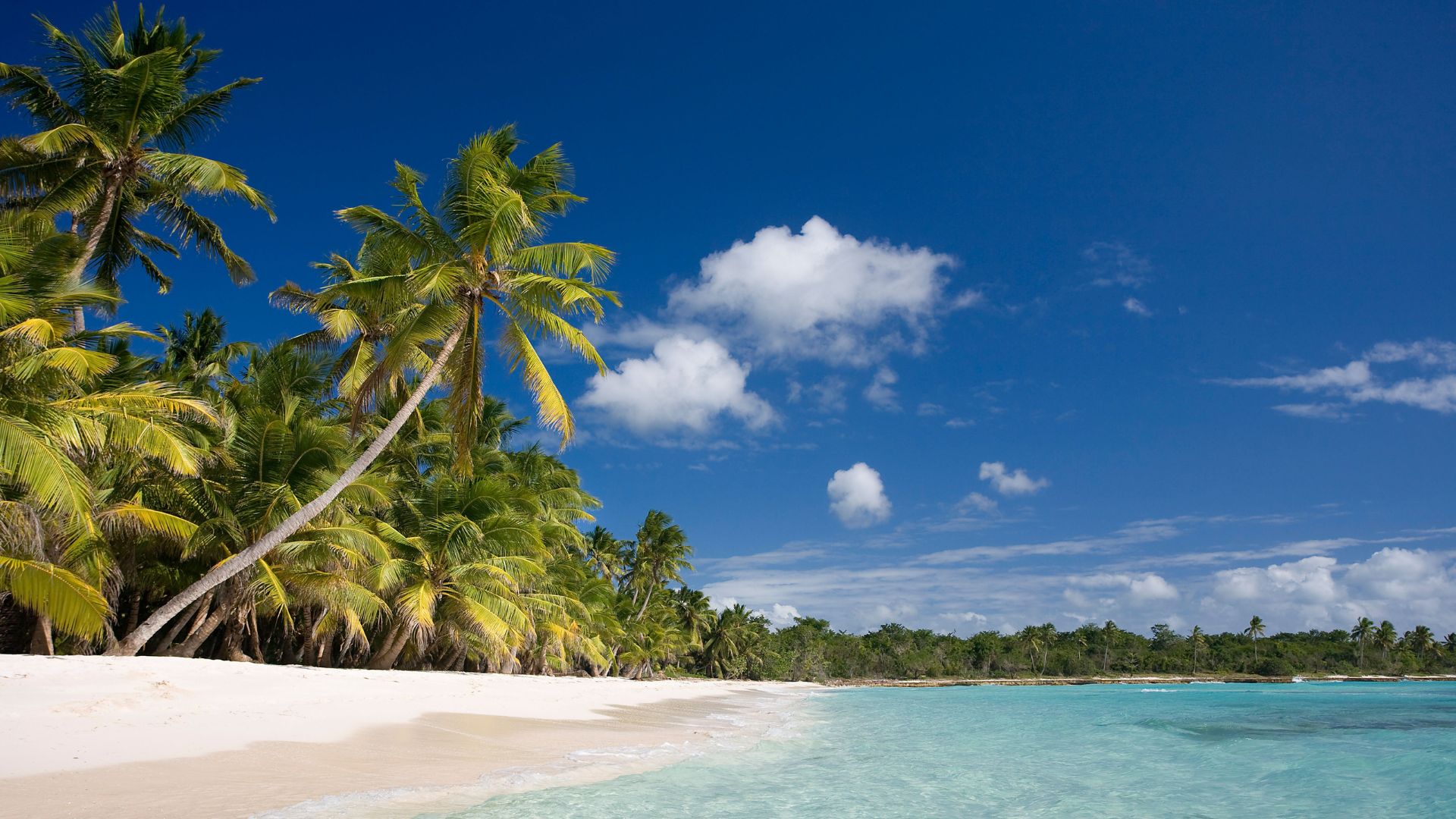
The waters around the Dominican Republic are a sanctuary for the humpback whales that make the 5,000-mile journey from the North Atlantic to their warmer waters. These gorgeous mammals can be seen from the tourist hotspot of Punta Cana as well as Samaná, Navidad Bank and Silver Bank. At Samaná in particular, you can spot male humpbacks battling for dominance in the search for a mate and putting on a show for spectators (human ones included!) by breaching, the practice of leaping out of the water, and flapping their tails to make amazing noises.
Lofoten Islands, Norway
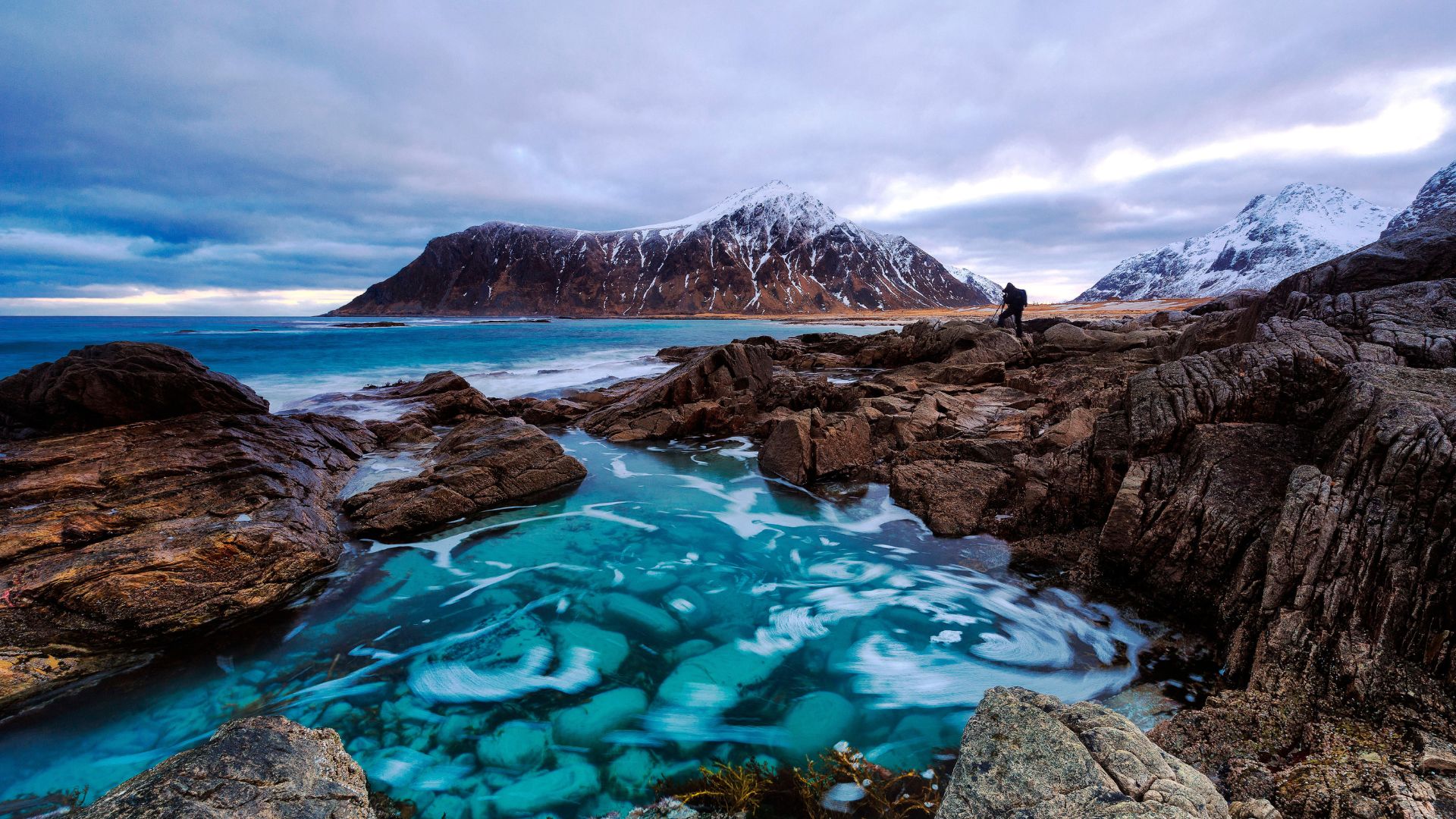
Known for its spectacular fjords, the Lofoten Islands offer sightings of orcas and humpbacks during the winter months. The best time to see these animals is December to February when they migrate to feed on schools of herring, and it is best advised to head out on a small boat tour led by an experienced guide to help you increase your chances of seeing some whales. But you can also see plenty of other types of animals on boat excursions in addition to whales, including seals, seabirds and porpoises.
Tahiti
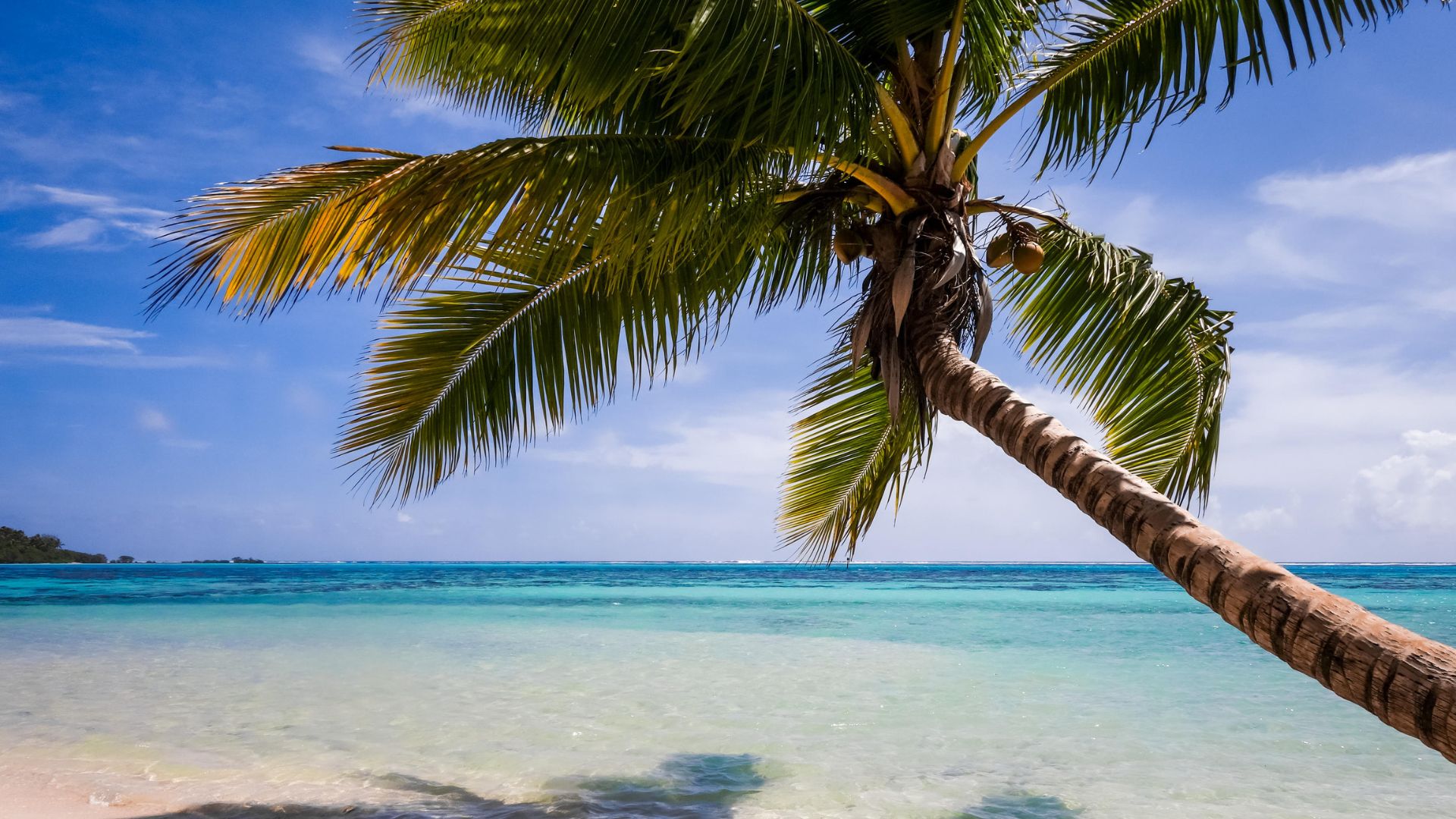
When you think of Tahiti, you may think of sun-soaked beaches and luxurious resorts. But, Tahiti (and the neighbouring island of Moorea), is also an amazing place for whale watching. Tahiti's warm climate and isolated landscape make it a good place for anyone wanting to catch a glimpse of Humpback whales. July to November is the best time to head out whale watching, as the whales are reproducing and looking after their young. Just to make this option even more special, Tahiti is one of the few places you can get about as close to these mammals as humanly possible by swimming alongside them! Because of their fragile nature, whale watching and snorkelling are strictly monitored activities in Tahiti to ensure the safety of the animals.
Tadoussac, Canada
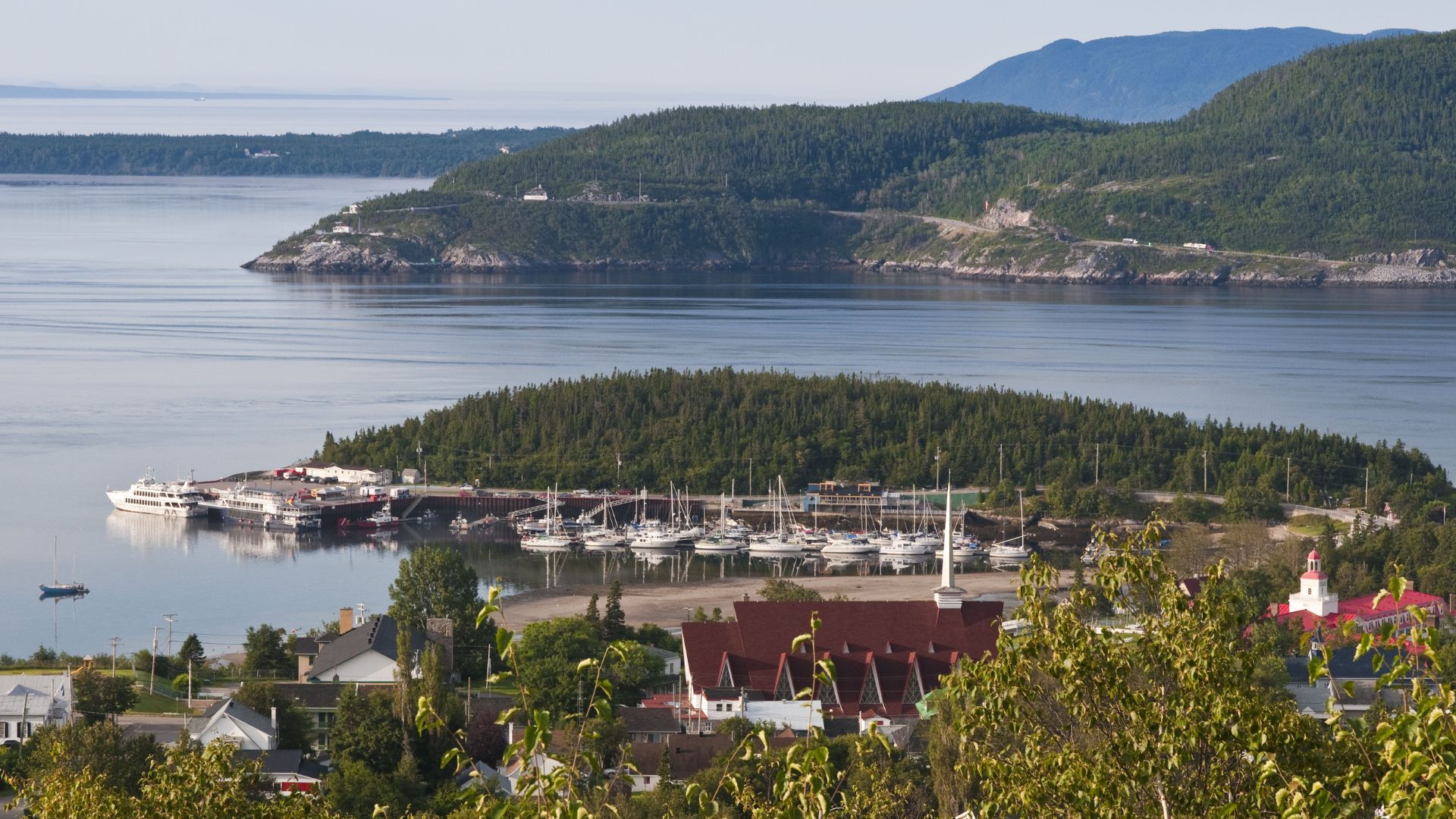
At the confluence of the Saguenay and Saint Lawrence rivers, Tadoussac offers sightings of a plethora of whales. Minke, blue, and Beluga whales can all be spotted in this unique estuarine environment, where three currents collide and therefore give the perfect environment for plankton to thrive. A huge part of whale’s diets, this means whales flock to Tadoussac in their droves and therefore offer plenty of chances to be seen. There are also plenty of ways to spot whales in Tadoussac, from standing on the shoreline to small boats and even kayaks. Be sure to bring binoculars!
Māui, Hawaii
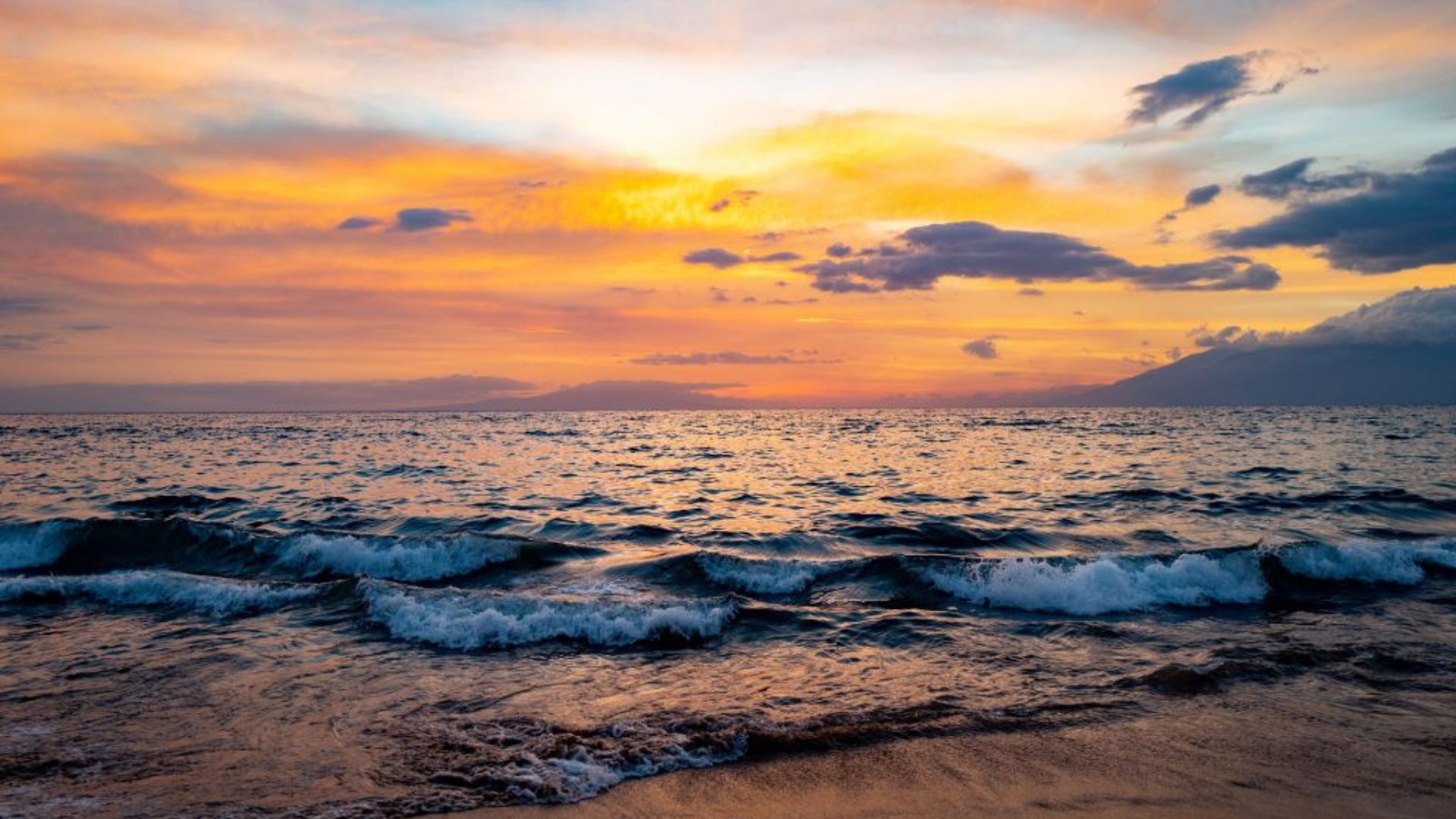
During the winter months, Māui’s waters become alive as a breeding and calving ground for humpback whales. Migrating to the warmer waters of Hawaii from Alaska, whale watching often gives you spectacular displays of North Pacific Humpback whales breaching and acrobatic displays of their tails. Koholā (Hawaiian for whales) have been a success story of ecological conservation on this chain of exotic islands and they have been brought back from the brink of extinction thanks to the inhabitants' hard work and care.
The Maldives
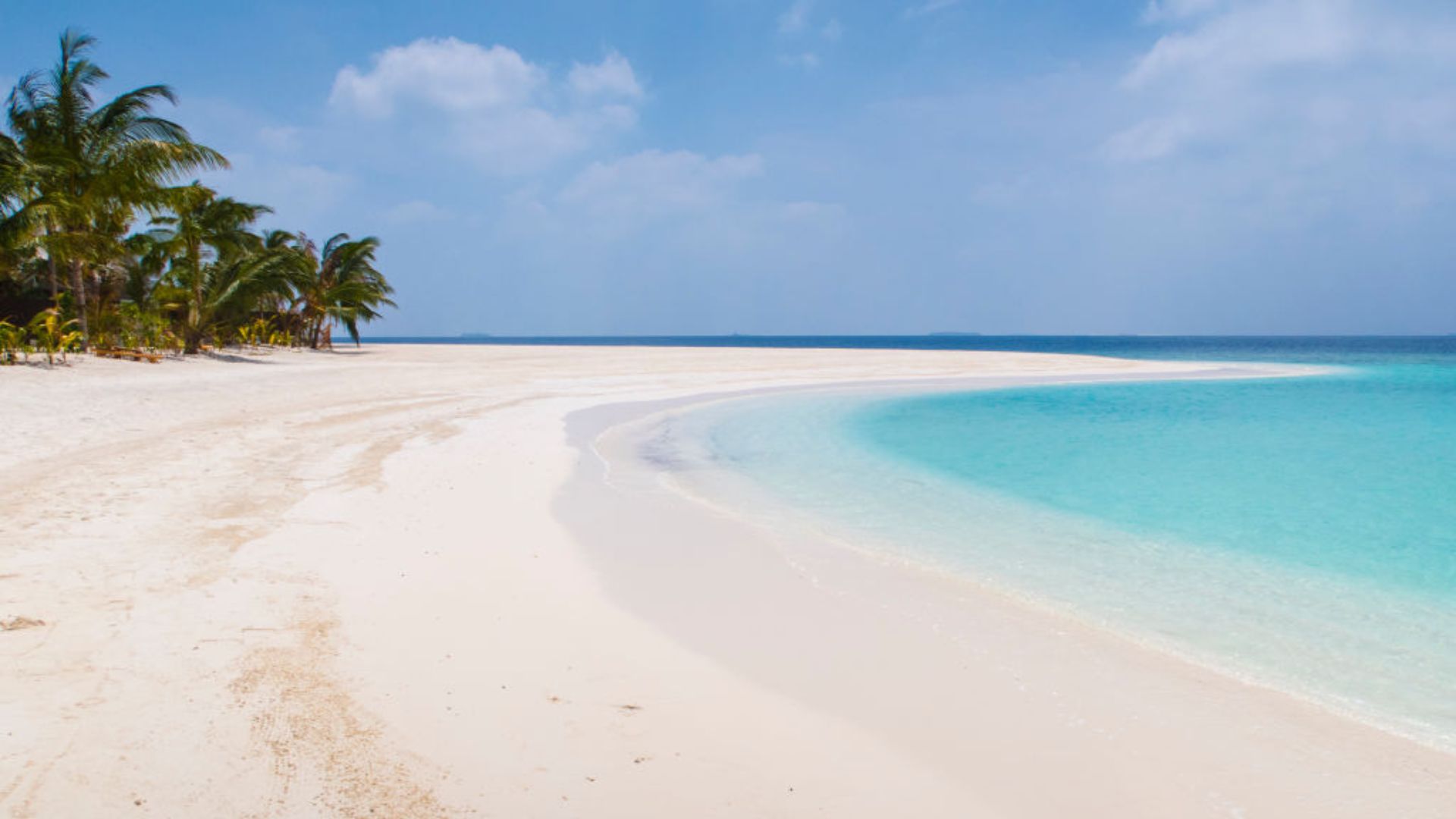
When it comes to seeing whales in the wild, the Maldives is one of the top five places in the world to see them. Located in the Indian Ocean, the Maldives is known for its five-star hotels but it is also one of the most biologically rich and diverse parts of the world. A whole host of animals are present on its lush landscape of 26 atolls that span 90,000km. Blue whales are most commonly seen in the water alongside spinner dolphins as they migrate from November to May, but there are over 10 other whale species you can spot, including the minke whale and the humpback whale.
Glacier Bay, United States
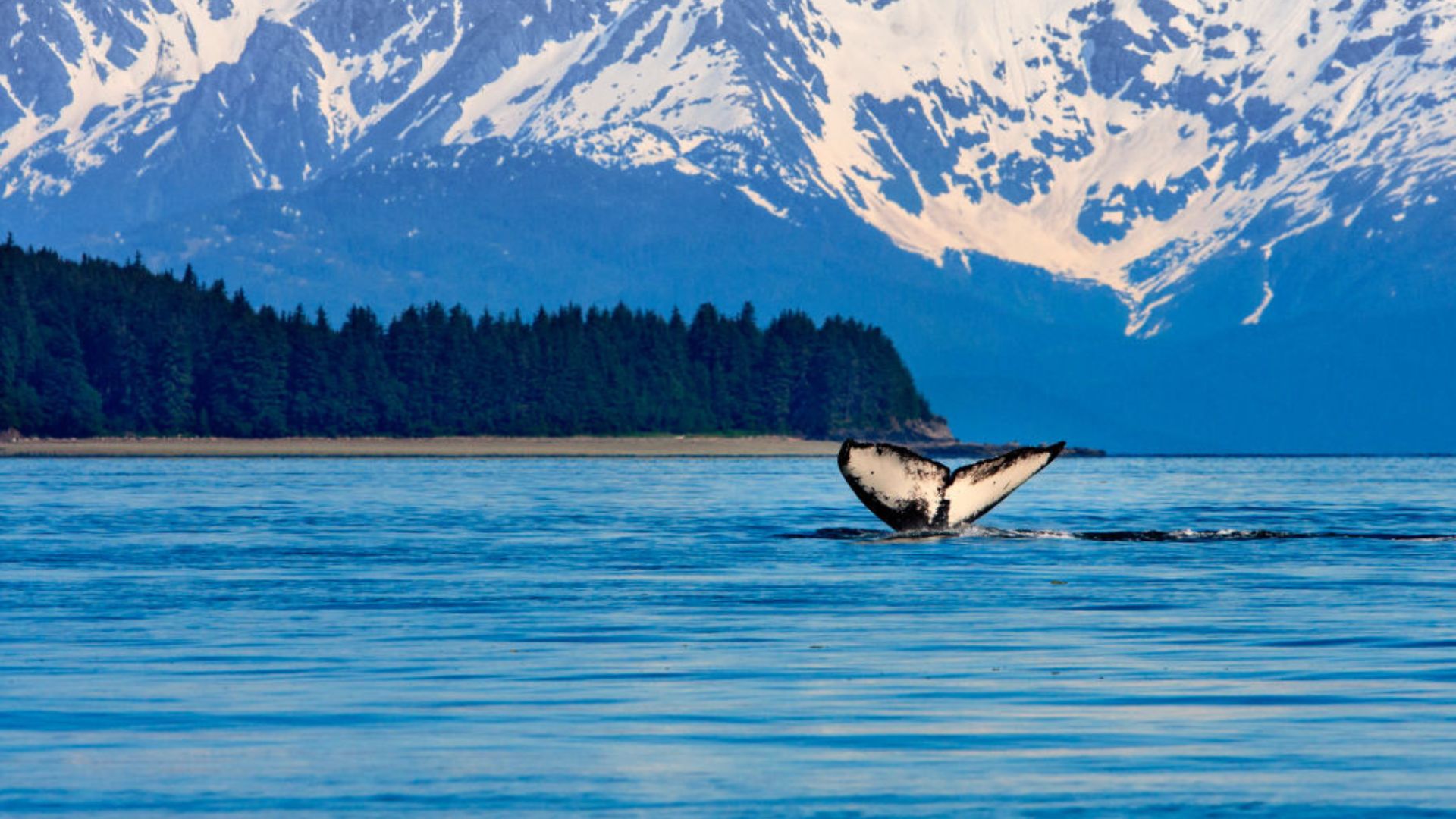
This pristine national park is famous for its breath-taking glaciers and abundant marine life, where you can see all types of whales as well as a variety of mammals and birds. When spotted against the gorgeous snow-capped peaks, seeing Humpback whales is a sight you will truly remember for the rest of your life. They are known to travel to Glacier Bay’s nutrient-rich water for food, so will often come in search of schooling fish that they can feast on. In one gulp, they can ingest more than 15,000 gallons of water!
Azores, Portugal
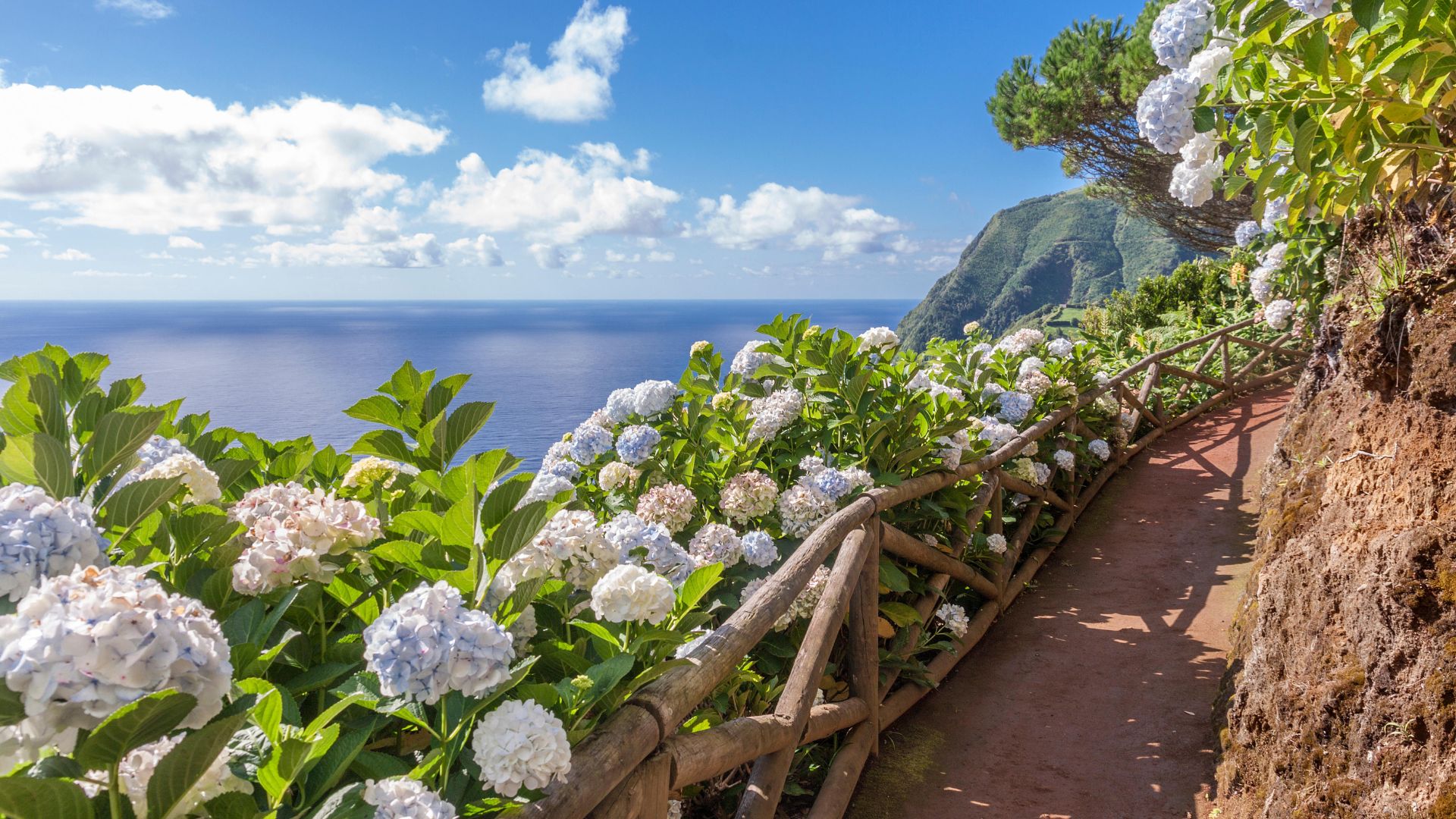
This archipelago in the North Atlantic is a hotspot for spotting sperm whales, blue whales, and a variety of other species during their migratory paths. Sadly, until 1987 whales were hunted in the Azores, but have since become a much-loved and cherished part of the landscape and history of this part of Portugal. Whale watching here is extremely sustainable, combining old practices with responsible tourism. Like many other places on this list, you can also spot other animals while out looking for whales including spotted dolphins.
Walvis Bay, Namibia
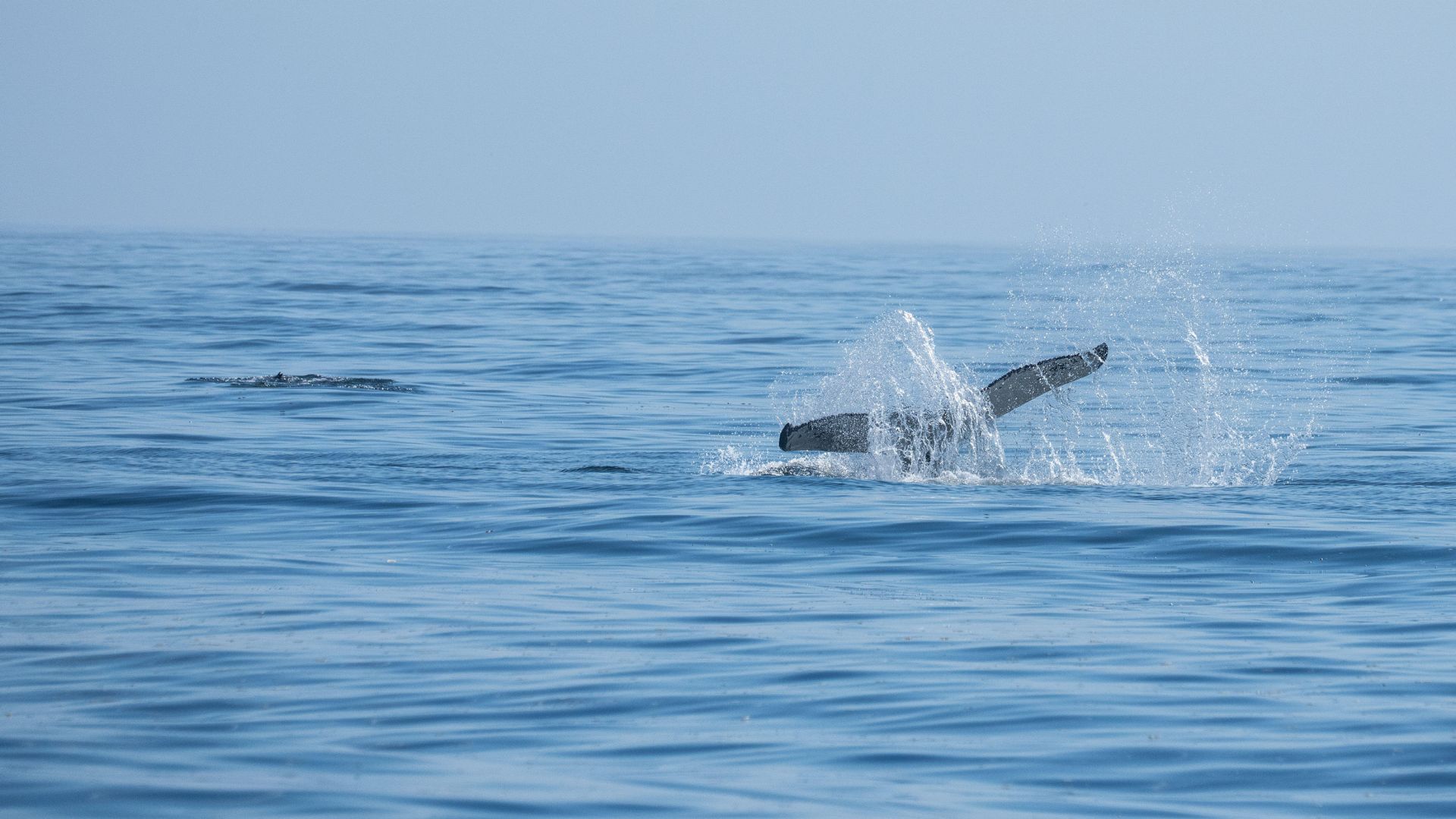
You may think of hot desserts and sand dunes when thinking about Namibia. But Namibia is also a great place for whale watching, especially at Walvis Bay on the western coast. Between the months of June and November, dolphin and seal cruises become dedicated whale cruises that go up and down the coast to give visitors the chance to catch a glimpse of Southern Right whales. You can also catch a glimpse of turtles, dolphins and the rare sunfish.
Shetland Islands, Scotland
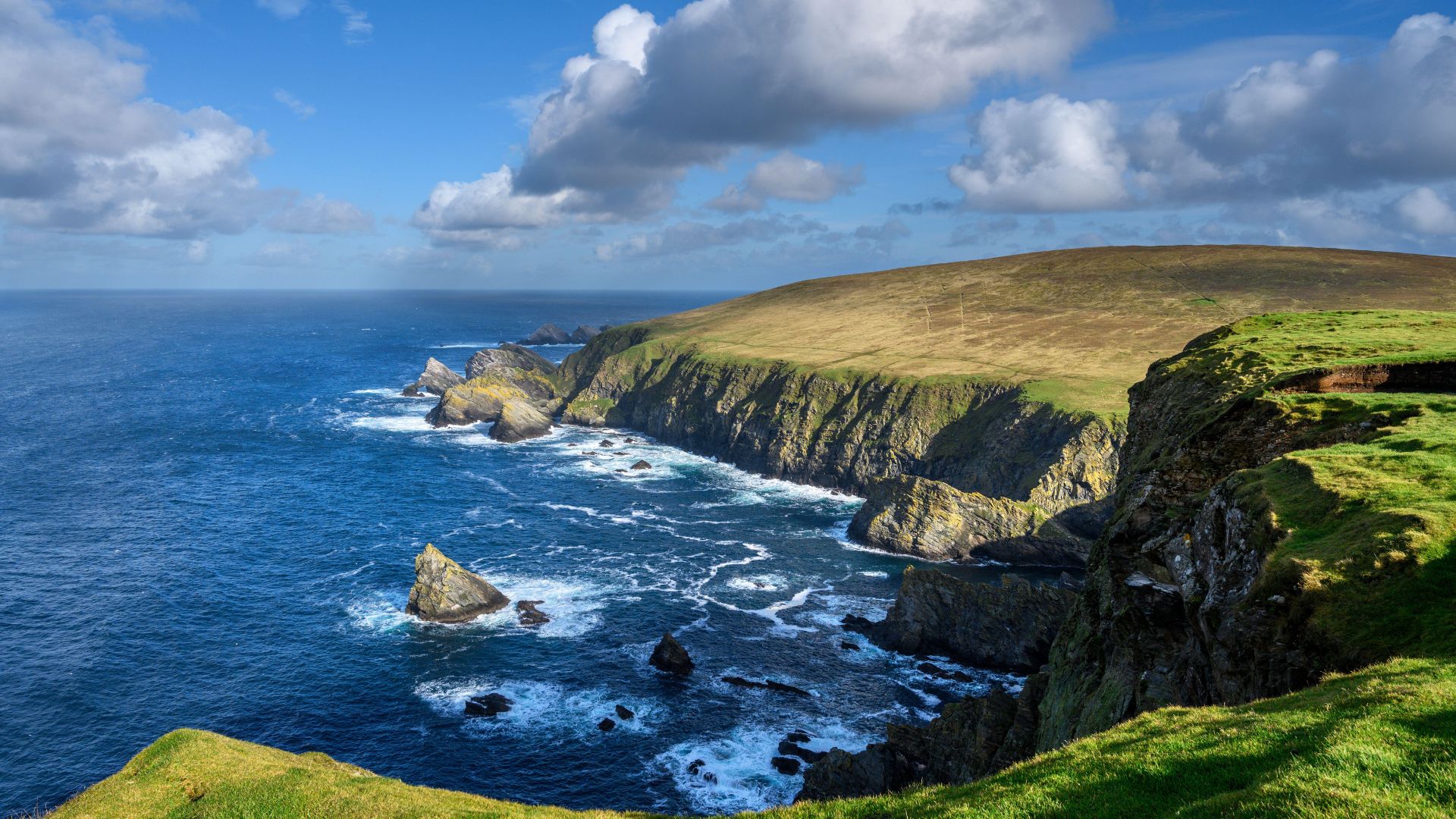
The Shetlands’ northern location in Scotland and nutrient-rich waters attract minke whales and orcas, along with stunning coastal scenery. The best time to try and catch a glimpse of these charming creatures is during May and August, when pods of orcas among other types of whales can be spotted. There has been a slow but steady increase in whale and dolphin sightings around the Shetland Isles, and there is even a Facebook group set up by the team at Shetland Wildlife to help people share orca sightings and coordinate trips.







